We travelled to Catalonia in 2017, landing in Barcelona first and spending five days exploring the city, enjoying or giggling at the architecture of Gaudi, shopping, walking, eating, drinking and touring the Montserrat Monastery high up in the mountains before heading up the Costa Brava coastline to Tossa de Mar to hike a bit of the Camino de Rondo and tour the ancient walled village. From there, we travelled to The Pyrenees to hike the Encantats Trail before heading back to the coastal village of Llafranc, where we spend a few days exploring the surrounding area.
We would spend another two days at the end of the trip back in Barcelona…
Here’s a little overview of our two weeks in Catalonia.
A Little bit about Catalonia
Catalonia is comprised of four provinces, Barcelona, Girona, Lleida and Tarragona. Together, these provinces occupy over 30,000 square kilometres in the north-eastern corner of Spain (bordering France and Andorra) and are home to some seven and a half million people. It has three official languages: Catalan, Spanish and Aranese, and the region’s capital is Barcelona. Given its size, population, languages and culture, it’s hardly surprising that Catalonia feels different to every other part of Spain.
The region’s climate is quite diverse, with the coastal provinces, Barcelona, Girona and Tarragona, enjoying a Mediterranean climate. Inland, in Lleida, the summers are not so hot and winters can get quite cold.
Catalonia’s coastline boasts some of the most spectacular beaches and coastal walks in the country, if not Europe. Renowned the world over for its architecture, museums, art galleries and cultural events, Catalonia is a visitor’s paradise and Barcelona alone offer visitors more than one hundred museums, and the beautiful work of Anton Gaudi seems to be around every corner.
Barcelona
This was the most amazing city I have ever visited. From the minute we arrived, I was captivated by everything, but especially by the architecture.
We stayed at the Hotel Suizo, which is located in the Gothic Quarter, which is the oldest part of Barcelona. There has been a settlement here since Roman times (see photo of wall below from 400 AD) when it was known as Barcino. Once hemmed in by medieval walls, which were taken down in the 19th century, Barcelona’s old city remains a dense network of streets, alleys and historic buildings. I had never been to such a place before and the maze of cobbled roads lined by buildings hundreds of years old captivated me.
It’s not just pretty walks and sightseeing. Barcelona’s Gothic Quarter is a vibrant, humming community, full of life. Its narrow streets and myriad historic buildings contribute to its enigmatic charm. Our first evening here, we stumbled across a bohemian Flamenco Troupe while looking for the Picasso Museum and enjoyed an impromptu, incredible performance, drinking wine, tucked away inside a half crumbling centuries old warehouse.
Everywhere I looked seemed like eye candy to me. The buildings had textures I had never seen before. The streets below my feet oozed with history and the twisting roads fascinated and delighted me.
The Bishop’s Bridge
This might be the most famous spot in the Gothic Quarter. It was just a few minutes from our hotel and we walked under it several times. It isn’t technically a bridge. It’s a covered gallery connecting the Government Palace and the Canon’s House and the Neo-Gothic bridge itself isn’t terribly old, though it blends in well with its frilly stonework and gargoyles.
It was built in 1928 for the Barcelona International Exposition by architect Joan Rubio i Bellver. He aimed to build a series of similar bridges, but his project was nixed by the government. A bit pissed off, he incorporated a hidden skull with a dagger on the bridge’s underside, which has generated myths. One legend holds that if you make a wish when you pass under the bridge, while looking at the skull at its base, your wish will come true. Another holds that, if you see the skull, you’ll fall pray to an evil spell.
Immediately past the bridge is a facade with the Statue of Saint Jordi. It was carved by Pere Johan in the 15th century. Jordi was a legendary Catalonian knight who valiantly rescued a princess from a dragon. When Jordi slew the dragon, a rose bush grew. Jordi gifted his love a rose. Now, on April 23, lovers celebrate St. Jordi’s day with an exchange of a rose or gift.
Every alley way had history. Every building had a story.
Museum of the History of Barcelona
In an unassuming building for the Gothic Quarter, you’ll find the delightful Museum of the History of Barcelona. The museum is Barcelona’s principal Roman themed museum and shares space with the former Royal Palace. It’s believed to stand in a medieval courtyard once used by King Ferdinand and Queen Isabella to celebrate the return of Christopher Columbus. Grab the essential audio guide and get ready for a listen. There are also English handouts.
We spent hours in here and had to be asked to leave…
It’s best to start with a short introductory video in the theatre. In the basement level, the museum really comes to life. Down a special elevator, you’ll come to what seems like a mysterious underground labyrinth. There, you’ll find Roman ruins dating from the time of Emperor Augustus — wall fragments, pavements, Roman baths, an ancient sewage system and wine vats.
This is worth a visit.
Gaudi
Casa Batllo. This masterpiece of a house is commonly known in Barcelona as Casa dels Ossos or House of Bones, as it has an organic skeletal quality. It was originally designed for a middle-class family and situated in a prosperous district of Barcelona.
While visiting this quirky building, it seemed that the goal of Gaudi was to avoid any straight lines anywhere. Much of the facade is decorated with a mosaic made of broken ceramic tiles that starts in shades of golden orange and moves into greenish blues. The roof is arched and has been likened to the back of a dragon or dinosaur. You can see why when you are standing on the roof.
It’s all about light and air.
If you go inside the Casa Batlló in Barcelona, after admiring the layout of the apartment and the wavy shapes of the walls, be ready to be amazed by the patio. Plenty of buildings in Barcelona have a patio in the middle called “pati de llums” (meaning bright patio). In the Casa Battló is just the opposite: it is the best feature. It’s kind of a section of the building within the interior which houses the staircase but in this house, had windows and an exquisite tiled facade. Actually all the apartments have a window and some ventilation holes in this patio, which allow the light and the air to enter the apartment. As a result, this house has a kind of very old fashioned air conditioning system and is one of the reasons why Casa Batlló in Barcelona is classed by the Unesco as a World Heritage.
I could go on and on about this building. If you are in Barcelona, do not miss visiting this architectural gem.
The Sagrada Família
The Sagrada Família is Antoni Gaudí’s best-known work and has become an undisputed symbol of Barcelona. This unique modern temple has been under construction since 1882.
The basilica of the Sagrada Família represents a true building challenge. It consists of a basilica floor plan with five naves and a three-sided transept that represent a symbolic Latin-cross. The semi-circular apse is located at the top of the cross and encloses the basilica at the back. The basilica also has three monumental façades each one representing one of the pivotal moments in the life of Christ: his birth, his passion, death and resurrection , and his present and future glory. The four bell towers on each façade represent the 12 Apostles who accompanied Jesus of Nazareth.
They will eventually include four more towers dedicated to the evangelists. The tower above the apse and altar is dedicated to the Virgin Mary. It stands 138 metres high and is surmounted by a twelve-pointed star that is lit up at night. The highest tower of all will be dedicated to Christ the Saviour, and will be more than 170 metres high.
Inside, the light is, well, it’s a religious experience. The colourful stained glass windows adorning the interior of the Sagrada Familia are truly breathtaking. Sunlight streaming through these windows creates a spectacle of colours and reflections inside, generating a unique and magical atmosphere.
It’s a bit overwhelming but it’s certainly something to see.
The Montserrat Monastery
First off, the scenery at Montserrat is breathtaking. We started our visit with a hike before entering the Monastery.
There are a bunch of trails on the mountain with varying levels of difficulty, but of them, the one I’d recommend is the hike to Saint Michael’s cross. At an elevation of 2,500 feet, this area offers the most picturesque view of the monastery nestled in the mountainside and the valley. The hike only takes about 30 minutes each way, and ends at the cross on the edge of the rocks. We enjoyed starting our trip like this.
The Benedictine monastery is on the top of Mount Montserrat, which is certainly a unique natural, and difficult place to get to, or ransack, setting. Its origins can be traced back to the late 19th century when a small chapel was built, according to legend, after a group of shepherds found an image of Our Lady of Montserrat, the patron saint of Catalonia. The image that is worshipped today, known as the Black Madonna, due to the dark colour of her skin, is a Romanesque-style carving dating from the 12th century.
The new monastery was founded in 1025. That building was destroyed by the French troops during the Peninsular War and wasn’t rebuilt until the middle of the 19th century, following the arrival of a new community and with the involvement of the great Catalan art nouveau architects who continued to expand the Benedictine monastery.
When we visited, the Monastery had a community of some sixty monks devoted to prayer, work and hosting pilgrims. It’s a business. And from the amount of tour buses coming and going and the art collection, a pretty darn proftable one.
Its heritage treasures include the Holy Grotto, the Santa Cova, the basilica (with the image of the Black Madonna) and others solely used by the Benedictine order, like the cloisters and library. The latter is one of the most important in Catalonia and has a collection of more than 300,000 volumes. It also has its own publishing company.
The monastery is also home to the Escolania, one of the oldest boys’ choirs in Europe, that you can hear when mass is being held inside the basilica. We were fortunate enough to be there as they were performing and sat in the cathedral, surrounded by their voices.
The museum, the Museu de Montserrat, is one of the most complete art galleries in Spain, showcasing works by Caravaggio, El Greco, Degas, Monet, Ramon Casas, Santiago Rusiñol, Picasso and Dalí, as well as an architectural collection with pieces from Egypt and Mesopotamia. This was bizarre to me, that a Monastery would have such an incredible collection of art, stashed away in several rooms at the top of a mountain. Apparently, most of the works of art that are housed in the museum have been donated to the monastery by private citizens. The Monks at the Monastery see it as their duty to display the artworks for those visiting Montserrat as a promotion of culture.
Again, I see it as a source of income. I am not a fan of churches or their existence but have to admit this was a unique experience.
We also got to see the Black Madonna. Meh…
My favourite part was the hiking, the drive to and from the monastery, the architecture and the hard lighting that fell through the arched doorways.
Tossa de Mar
Tossa de Mar sits rather majestically on Catalonia’s Girona coast – basking in its beautiful Mediterranean climate. The walled old town offers stunning views of the surrounding coast, and is the perfect location to soak up some of the history of the region, as well as the sun. Marc Chagall, the French painter, loved the quality of life there is so much that he actually nicknamed Tossa de Mar ‘Blue Paradise’.
The main centre of tourist activity in Tossa de Mar is, of course, down at the seafront. This is where the old town of Vila Vella was and this is where you’ll see the remains of Castillo de Tossa de Mar that once stood here. It is still an imposing medieval village with its stone houses and walls, of which almost all the original perimeter and three large cylindrical towers known as Codolar, Ses Hores and Joanàs have been preserved.
In its glory days, Vila Vella had over 80 homes built within the walls.
You can walk up to the Castle right from the beach. Along the way, you’ll walk past small houses with hanging geranium baskets, old ladies sewing in the sun by their front door or villagers chatting with their neighbours. There are lovely cafes and fantastic seafood restaurants within the castle grounds. It’s kind of incongruous but wonderful at the same time.
The Pyrenees
From there, we headed up country to the incredible Pyrenee Mountains near L’espot.
The Pyrenees mountain range separates the Iberian Peninsula from the rest of Europe, stretching more than 430 km between Spain and France and rising higher than 3,400m in elevation. Hiking trails traverse the entire length of the range and national parks offer shorter trails.
We came to hike the glacial lake-filled Aigüestortes i Estany de Sant Maurici National Park and see the Encantats, mountain peaks that top three thousand metres and the 200-plus lakes dotting the area.
Located between the regions of Pallars Sobirà and La Alta Ribagorça, the 105 square kilometres of Aigüestortes is the only national park of Catalonia. As its name suggests, one of its characteristics is water, which can be found in all its states and forms: rivers, waterfalls, ponds, glacial valleys.
Llafranc
From The Pyrenees, we headed down the coast to Llafranc and went on days trips to Begur, Tiamuara and Calla de Palafrugell.
Llafranc doesn’t seem to be somewhere that’s on the radar for a lot of tourists. However, it’s said that Elizabeth Taylor, Sophia Loren, and Ernest Hemingway all vacationed in Llafranc, and it has also attracted artists over the years – Salvador Dali , in particular, was a regular, so if that says anything, it’s worth a stop.
It’s a beautiful coastal town, and we had no idea what to expect before we arrived as there is very little promotional material written about the village. In retrospect, I think Yim liked the name Llafranc – she pronounced it LaLa Franc. That said, we found it an absolute treasure, with wonderful restaurants and a beautiful beach with crystal clear waters, right in the centre of town. It’s about an hour and a half north of Barcelona. We rented a car in Barcelona to visit Catalonia so we got to tour the area a little bit during our three day stay.
We had come to Spain to visit Barcelona and do some hiking and came to Llafranc after hiking The Pyrenees, as we thought this would be a good village to base ourselves in to hike a couple of little sections of the Cami de Ronda.
Peratallada
On our last day, we decided to go exploring and somehow ended up in the village of Peratallada and stopped to visit. From the road, we saw what looked like standing sections of a church, which we later discovered was The Sant Esteve church, an ancient medieval church dating back to the late 12th century.
Just across the road was the Portal de la Verge, one of the best-preserved medieval access gates in Catalan, to the village of Peratallada. We still had no idea where we were. We had simply stumbled upon this place.
Surrounded by a moat and walls, its main attractions included the ancient Plaza de les Voltes, a 13th century Romanesque church. The town walls and the charming buildings and towers that once formed part of a castle apparently gave the town its name. The town is one of the most important in terms of the medieval architecture and once inside the walls, we were completely captivated by it’s narrow cobbled streets and extraordinary medieval buildings.
A couple of hours later, we wandered back out and headed back to Llafranc.
Coastal Walk from Llafranc to Calella de Palafrugell
Bordering the rugged coastline of the Costa Brava, the coastal path section of the Cami de Ronda which runs from Llafranc to Palafrugell, is thousands of years old. Today it is a nicely kept walking path a few kilometres long, which allows you to stroll along the Mediterranean. This short section of the trail is remarkably beautiful and an obligatory walk after dinner, enjoying the sunset and the breeze off the Mediterranean Sea.
There are benches to sit down on to chat, viewpoints hanging over the sea to enjoy and an ice cream parlour in Palafrugell. Perfect.
The walk took about 30 – 45 minutes each way.
From Llafranc, we headed back to Barcelona and finished up our stay by visiting Parc Gueill and spending time on Los Ramblas Boulevard, the lively and iconic street in the heart of Barcelona.
Los Ramblas is the throbbing heart of the city to some and a heinous tourist trap to others. The boulevard not only divides the Old Town in two, but it also polarises public opinion. Championing its positive attributes, the poet Federico García Lorca once described the iconic avenue as “The one street in the world I didn’t want to end,” and there’s still plenty to justify the Spanish poet’s praise, particularly the Parisienne vibe, created by the outdoor cafes and colonnades of slender trees, and the playful performance artists and boisterous carnival atmosphere of this 1.2 km stretch of street.
We enjoyed the avenue completely and enjoyed another fabulous evening of Flamenco along the boulevard.
We also nearly got lost in the La Boqueria food market. This place is a gourmand’s delight, and will offer you the chance to savour some of the best quality produce in Spain. Residents and restauranteurs use the market for their daily groceries, but travellers can also pop by to pick up freshly squeezed juices, or delicious nibbles to snack on, or stop at one of the market’s many eateries.
By then, our time had come to an end and we spent the last night in the Gothic Quarter before flying home.
For more photos, see my Photo Gallery below.



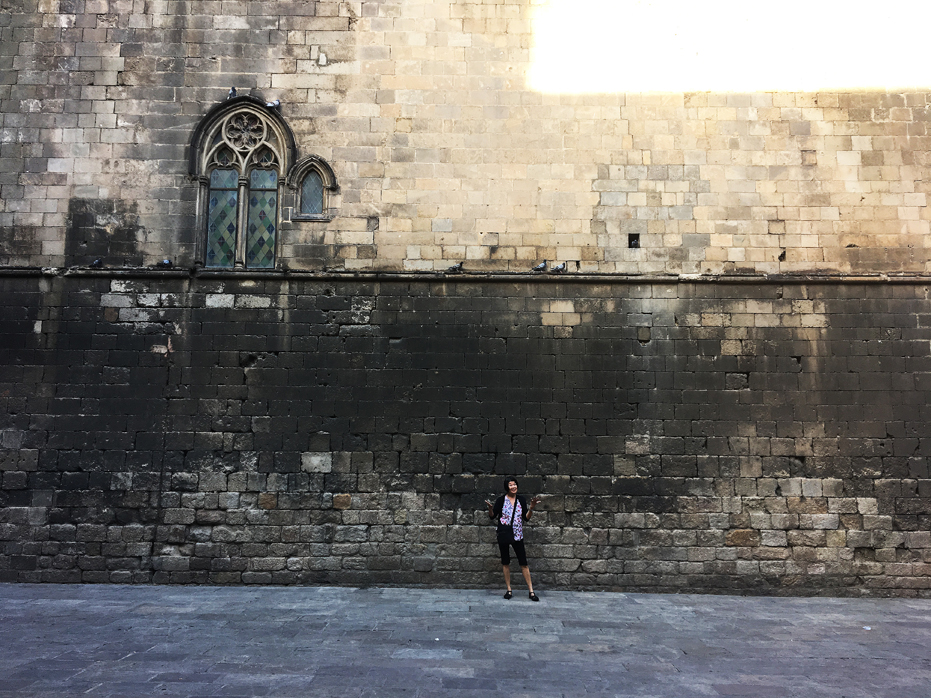




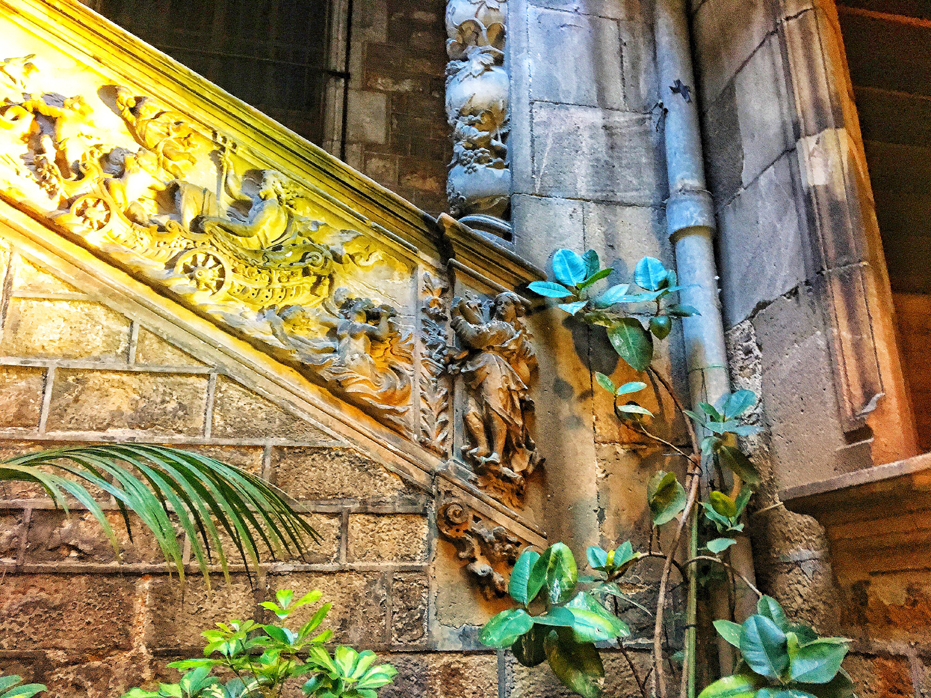

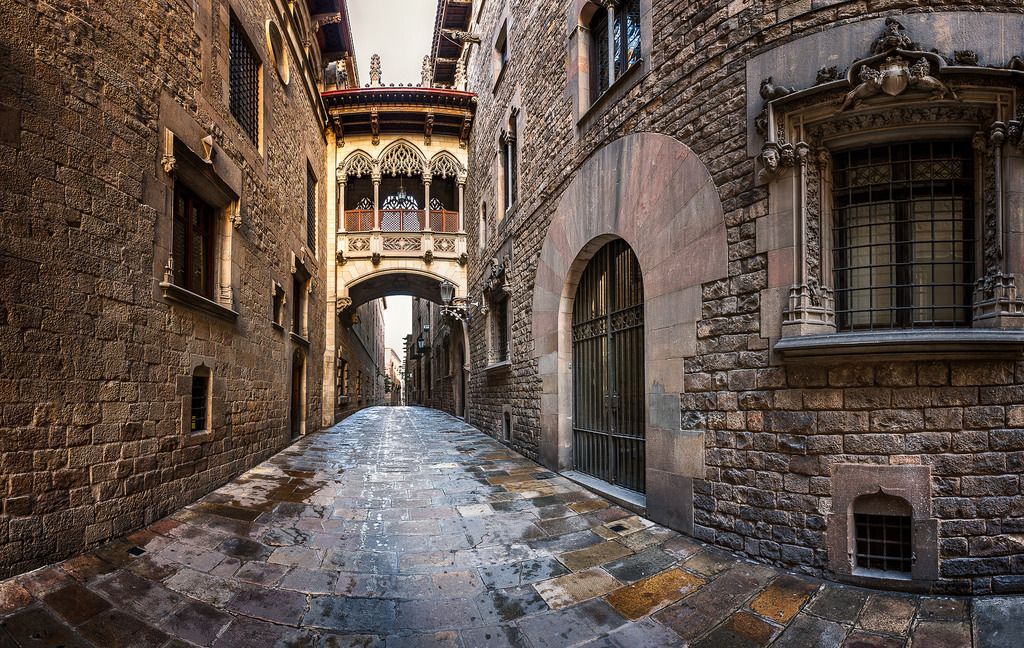


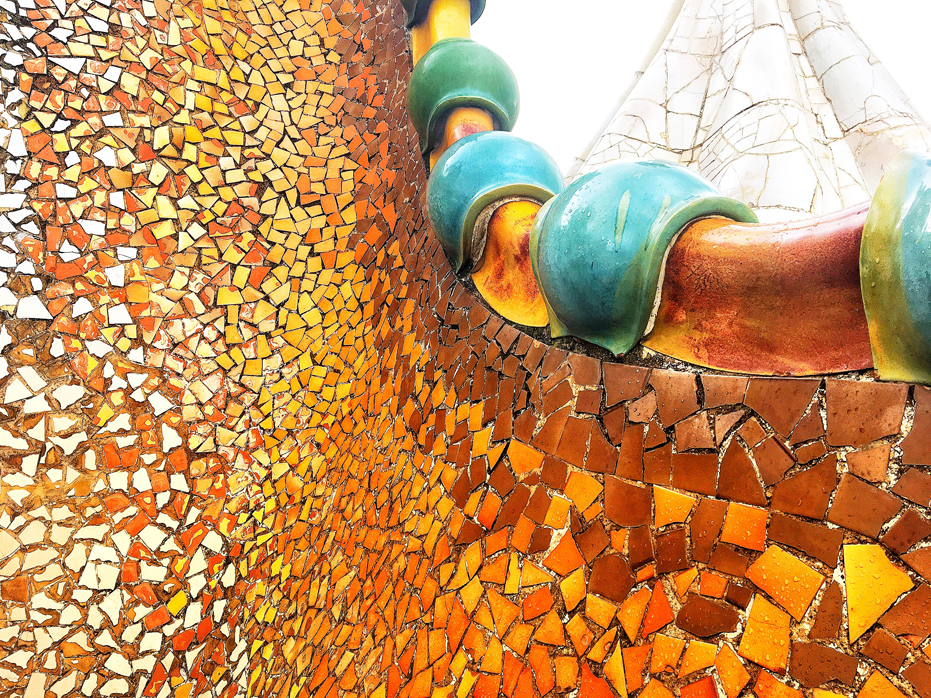

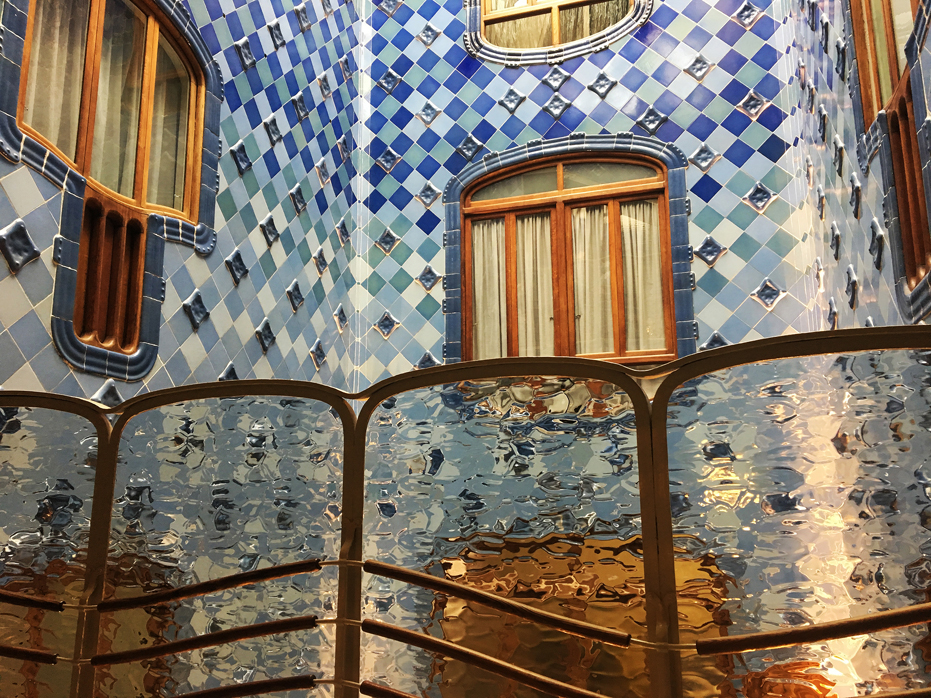
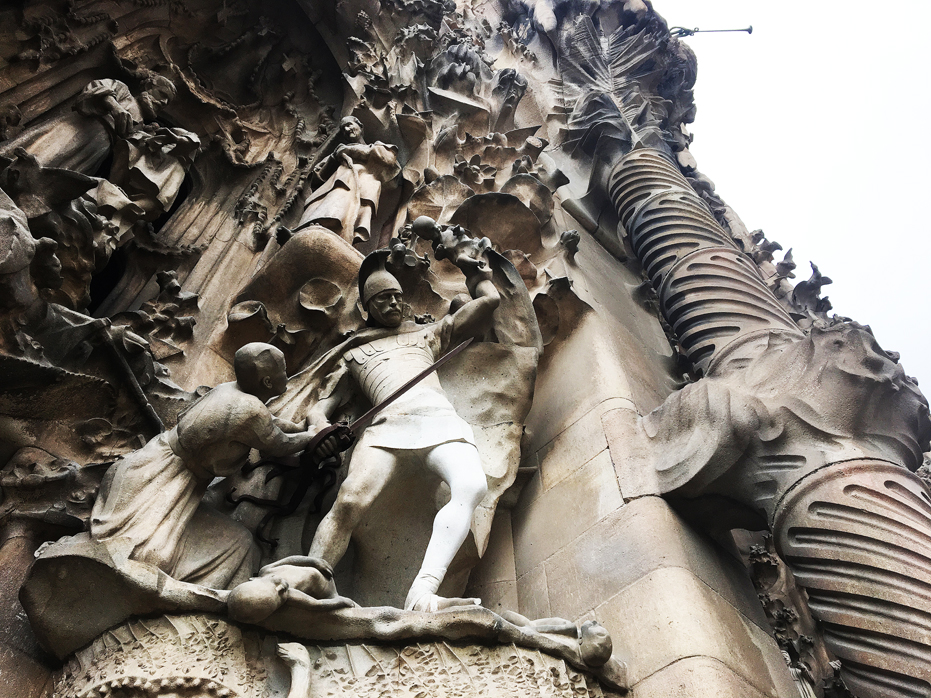




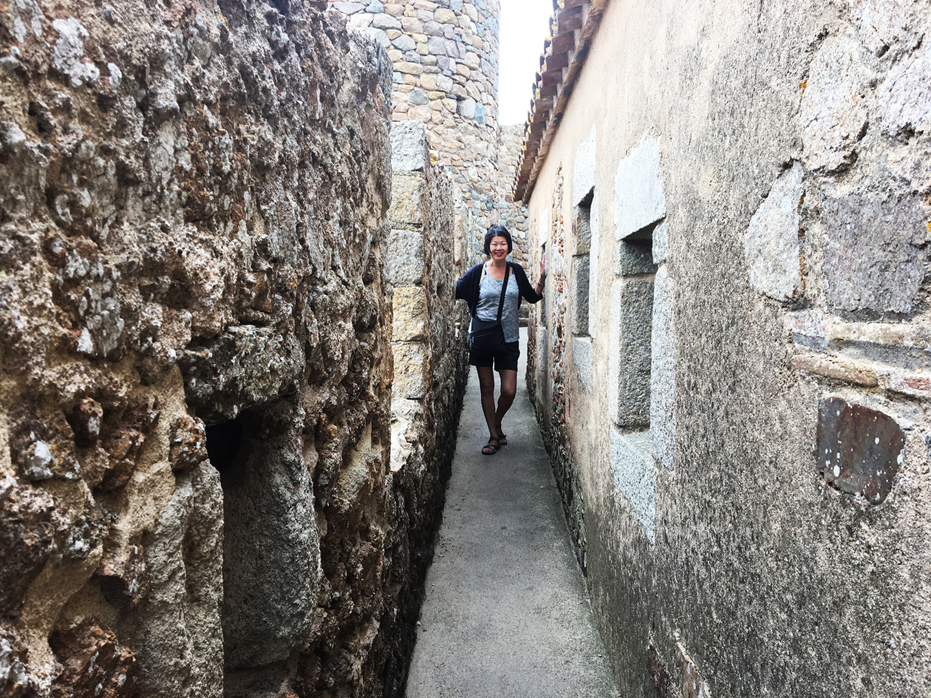
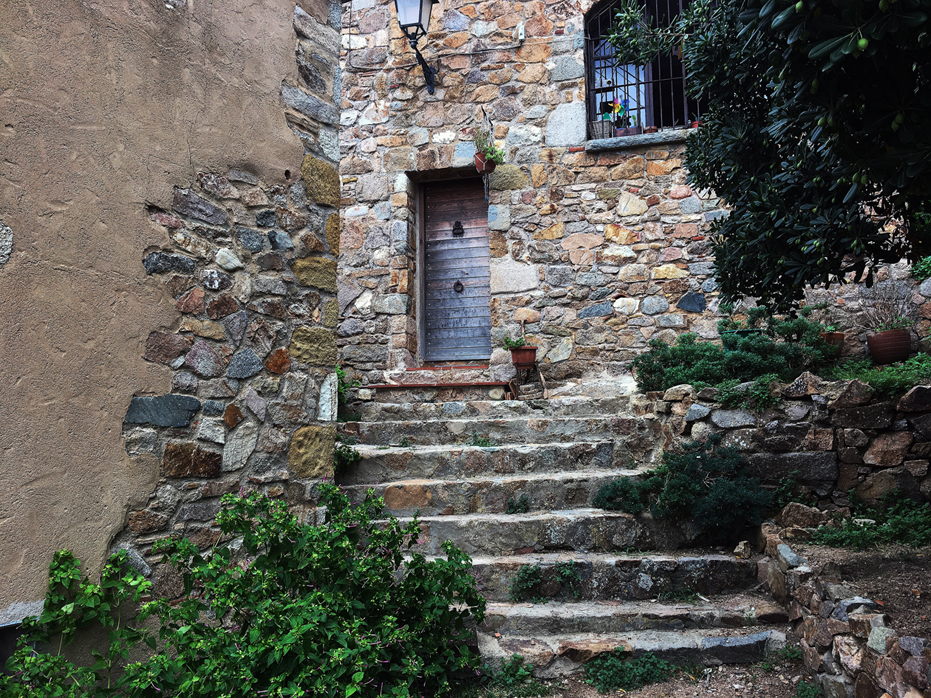



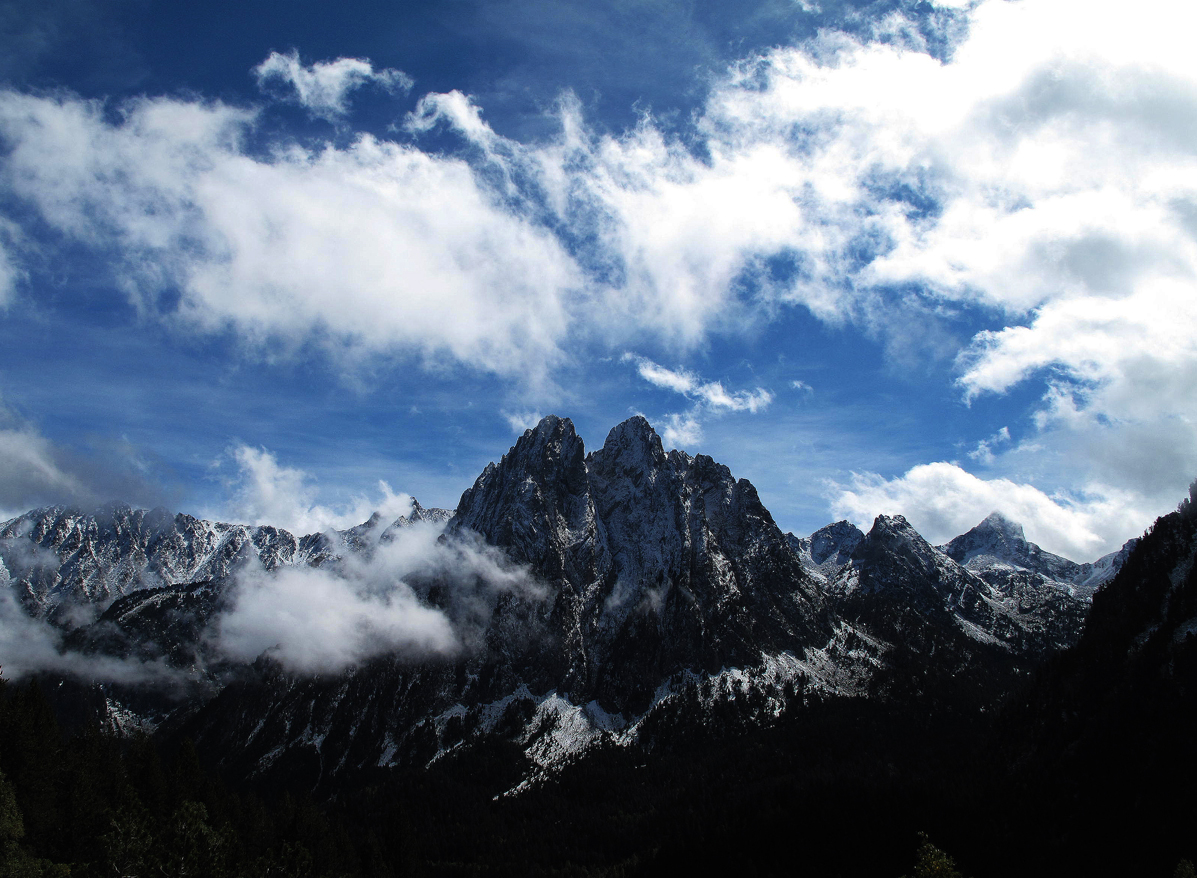


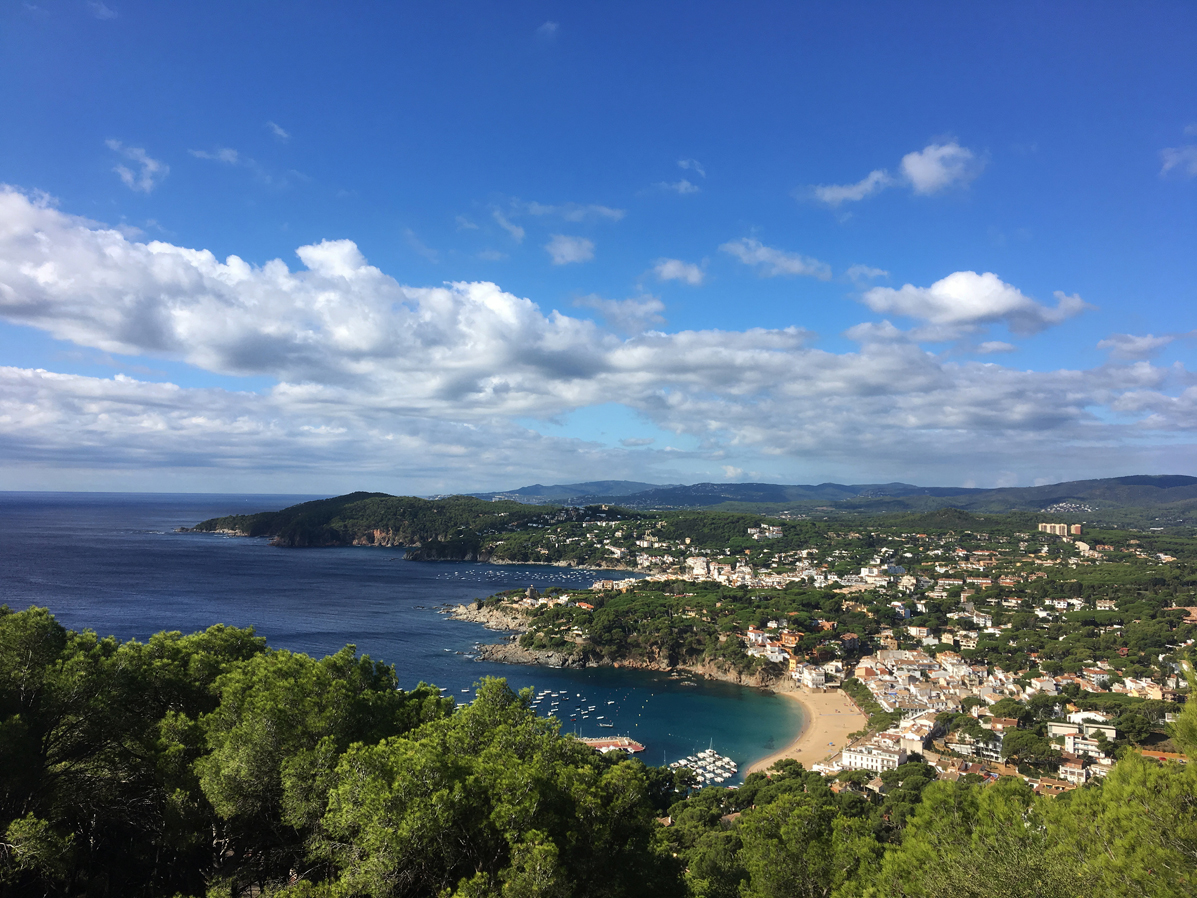
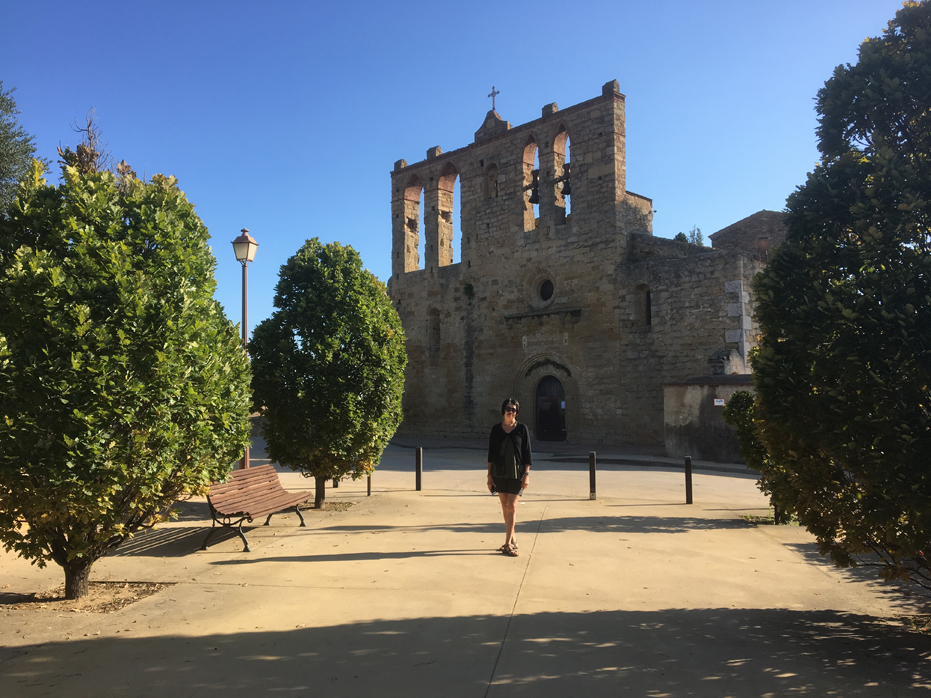



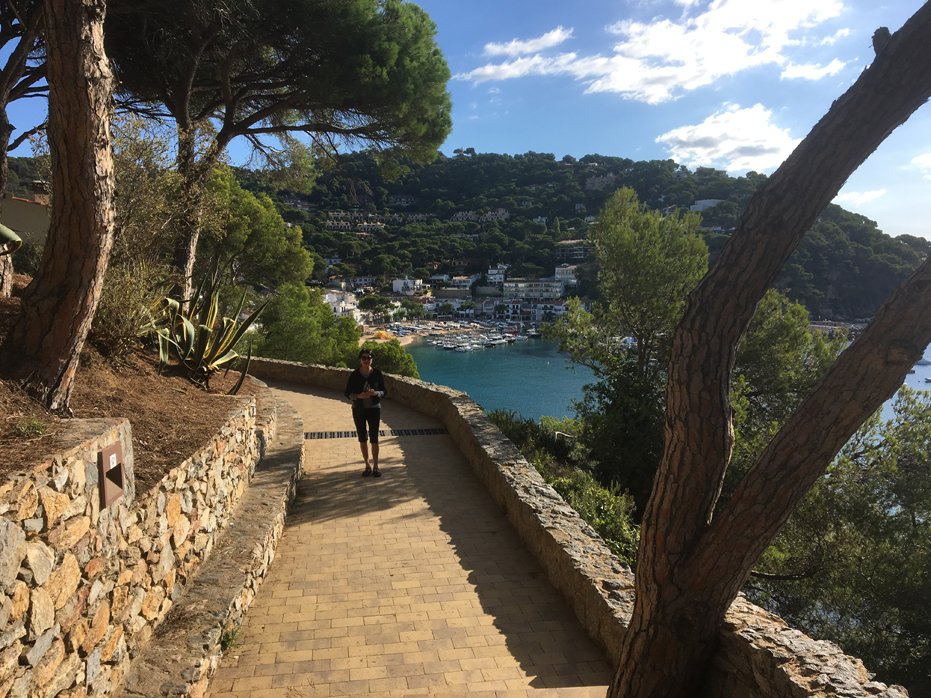

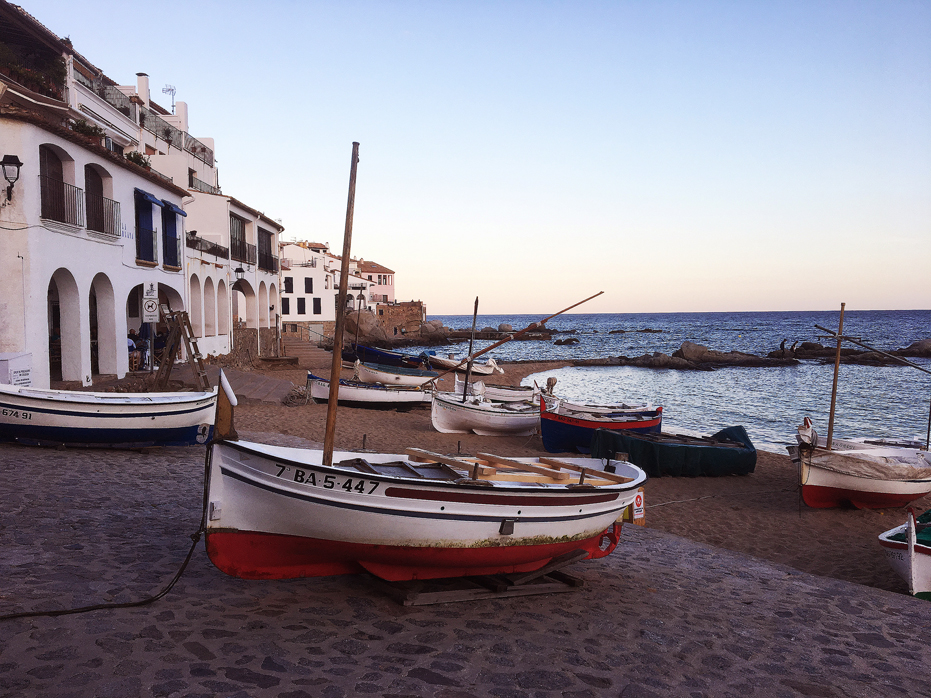




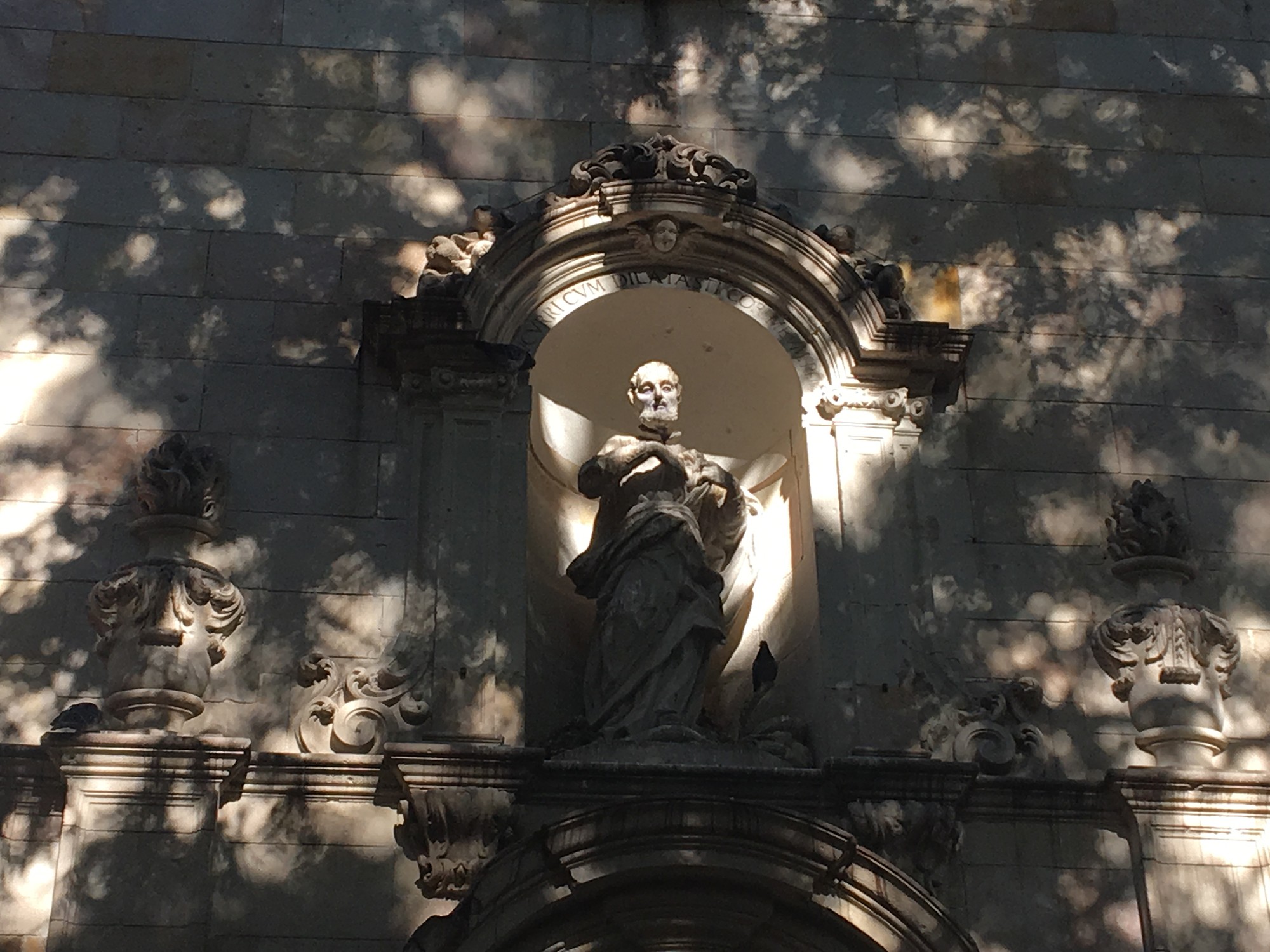
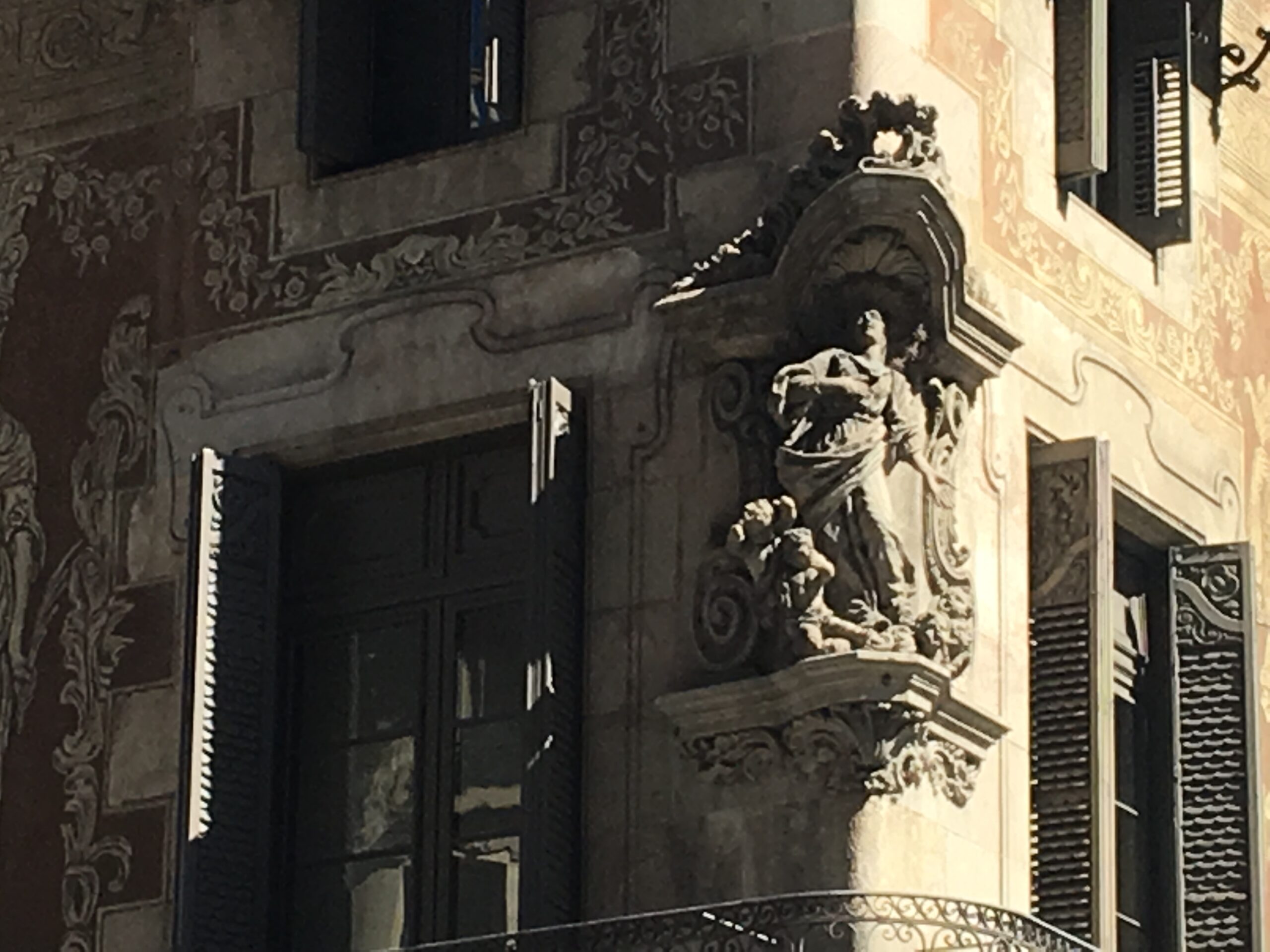
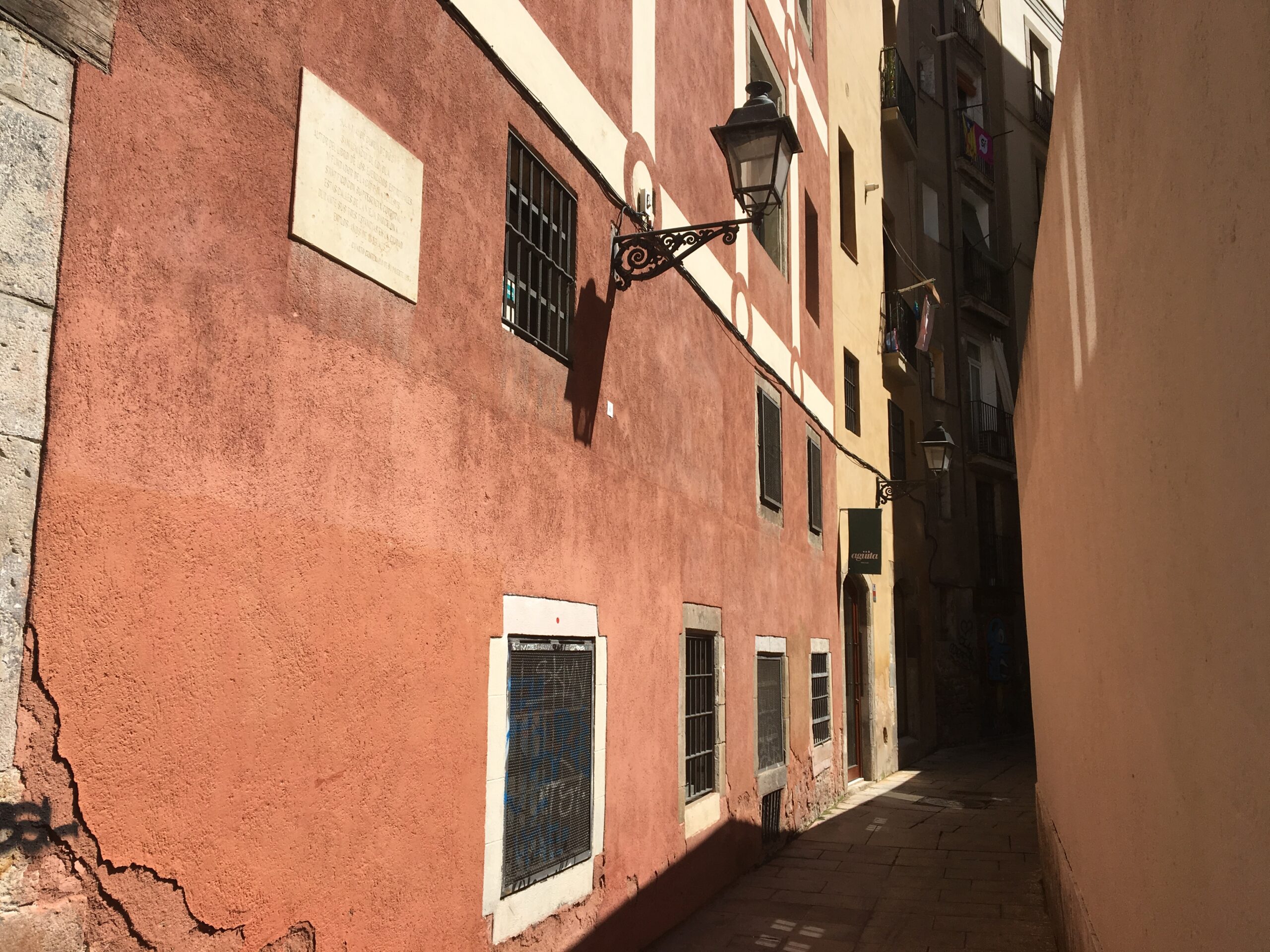
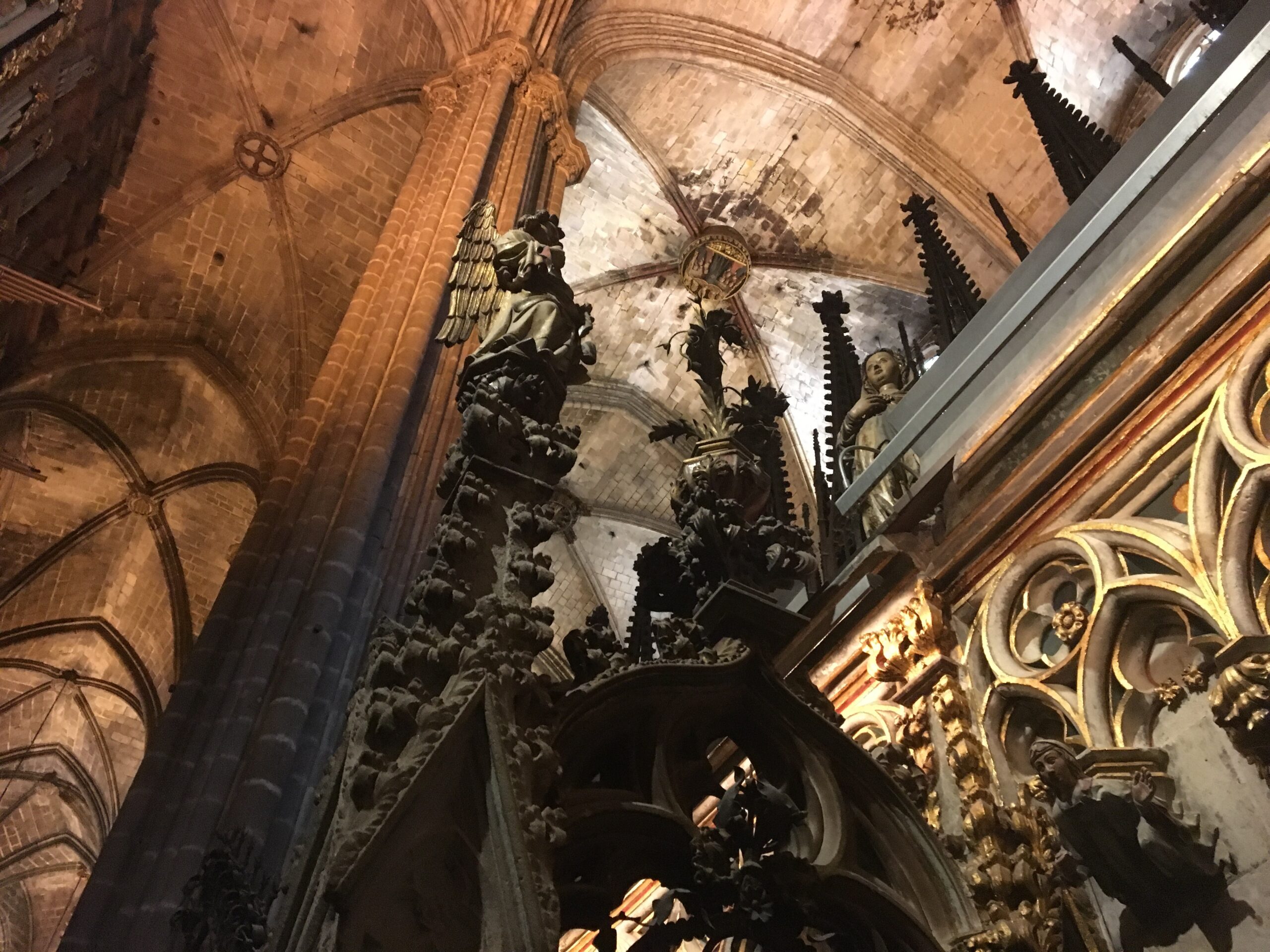




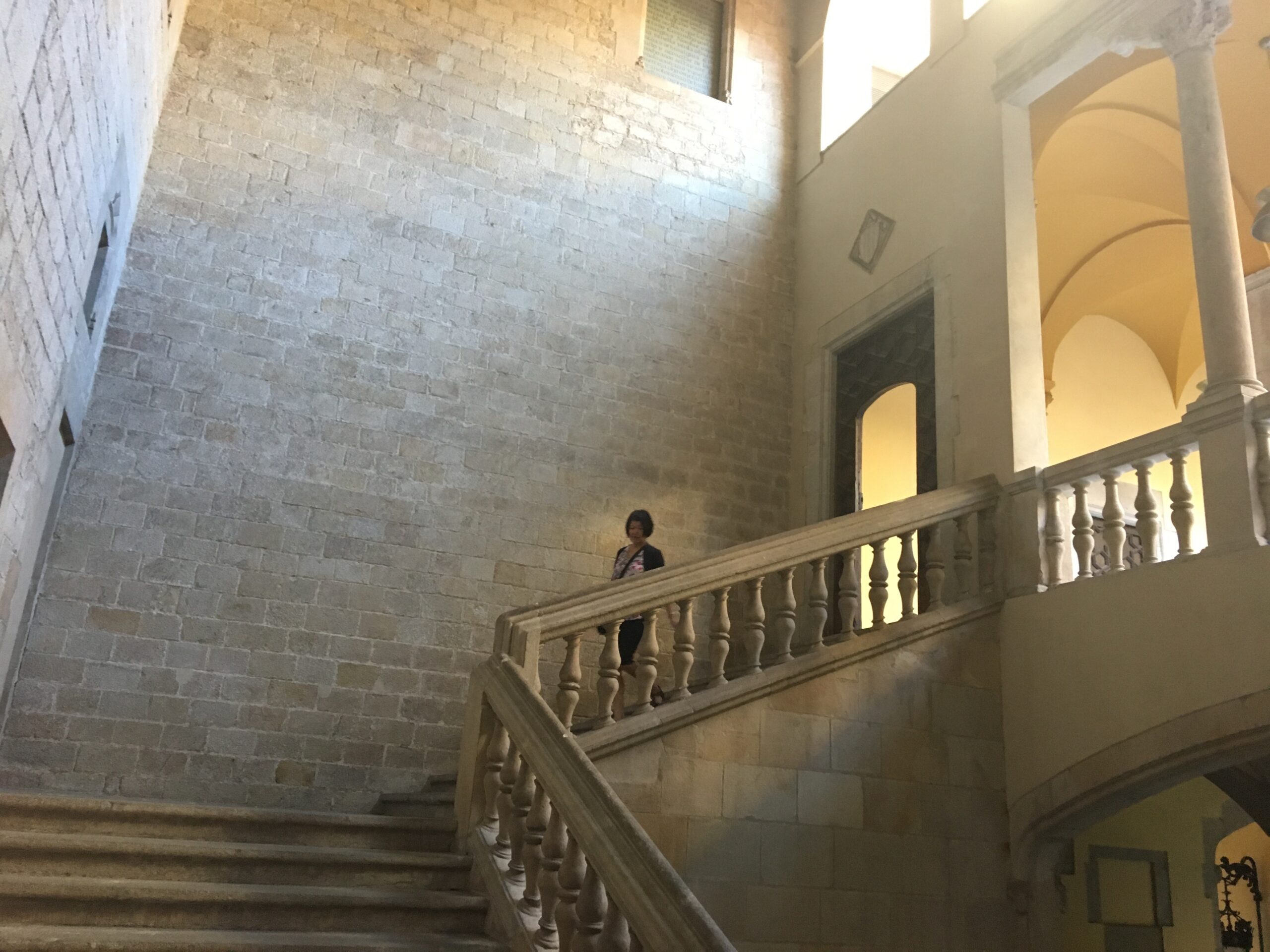
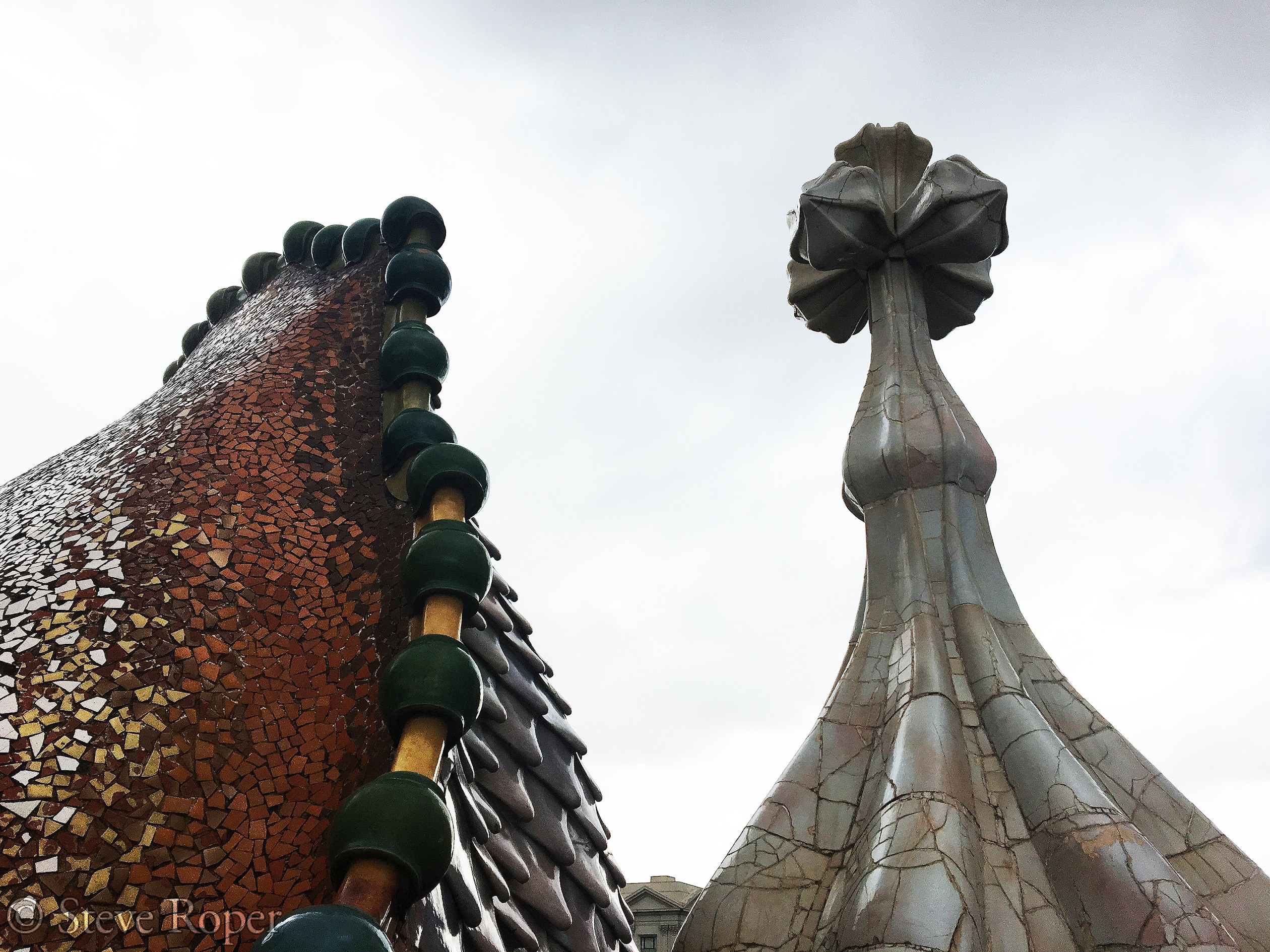


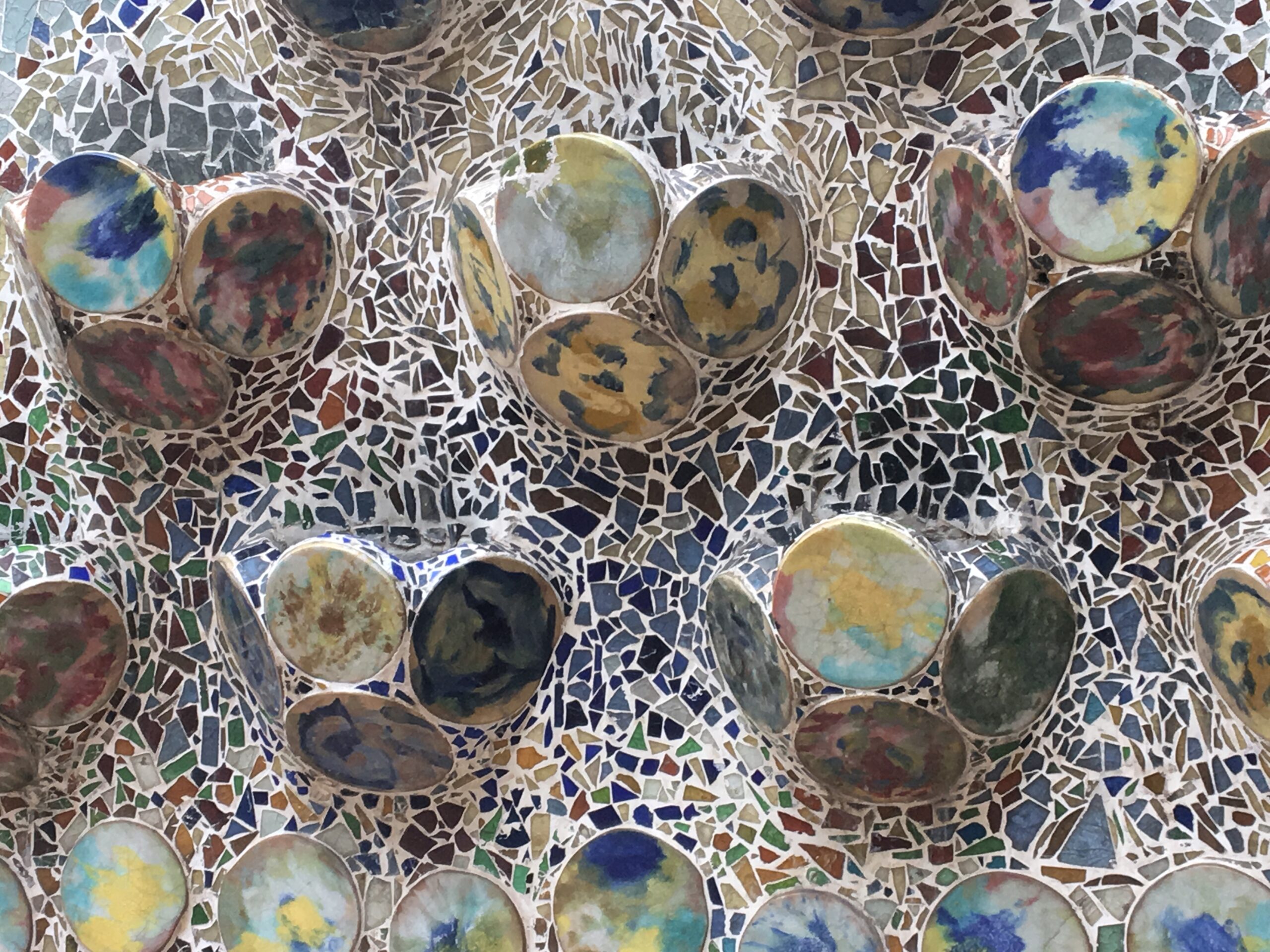



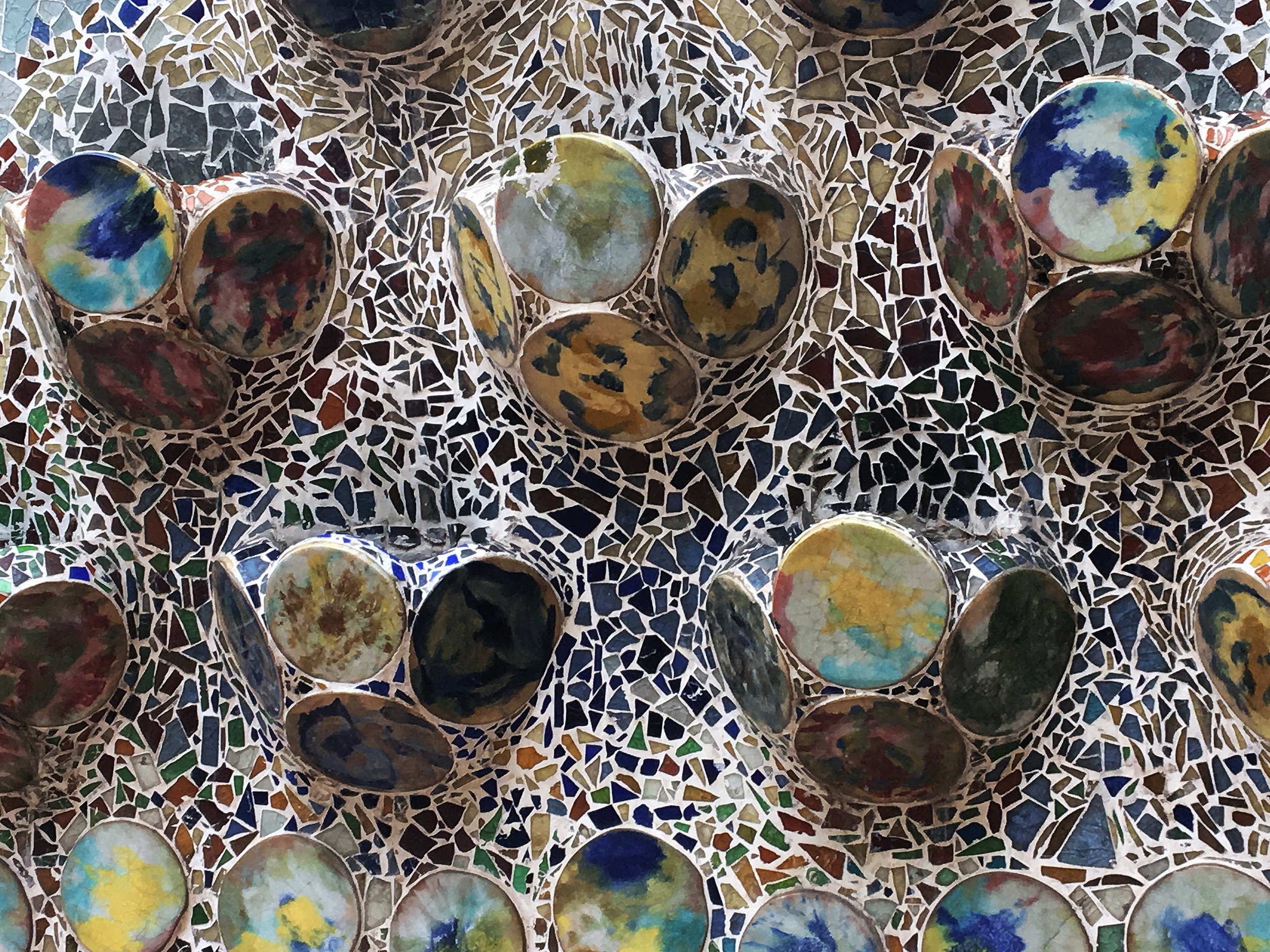
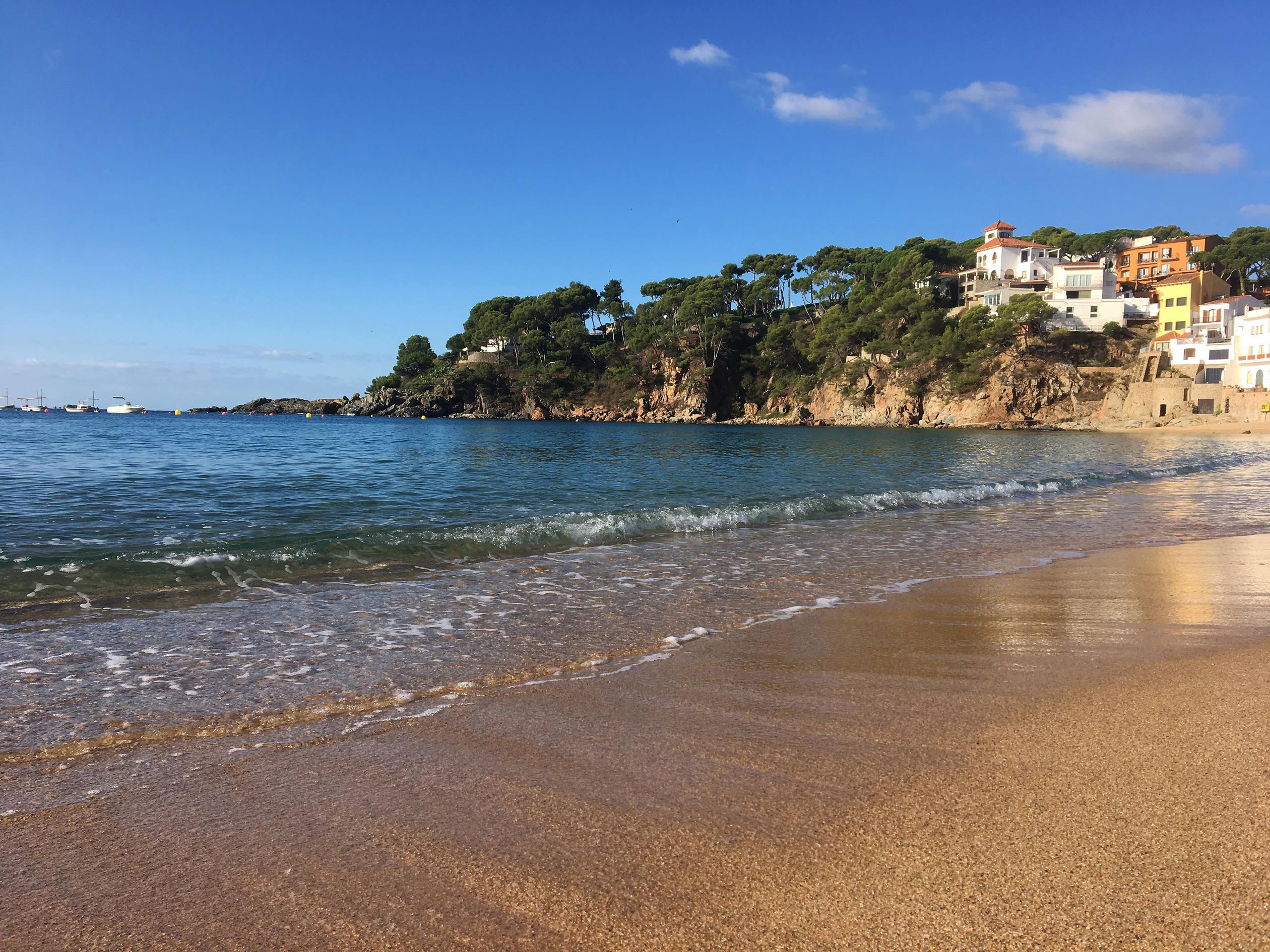
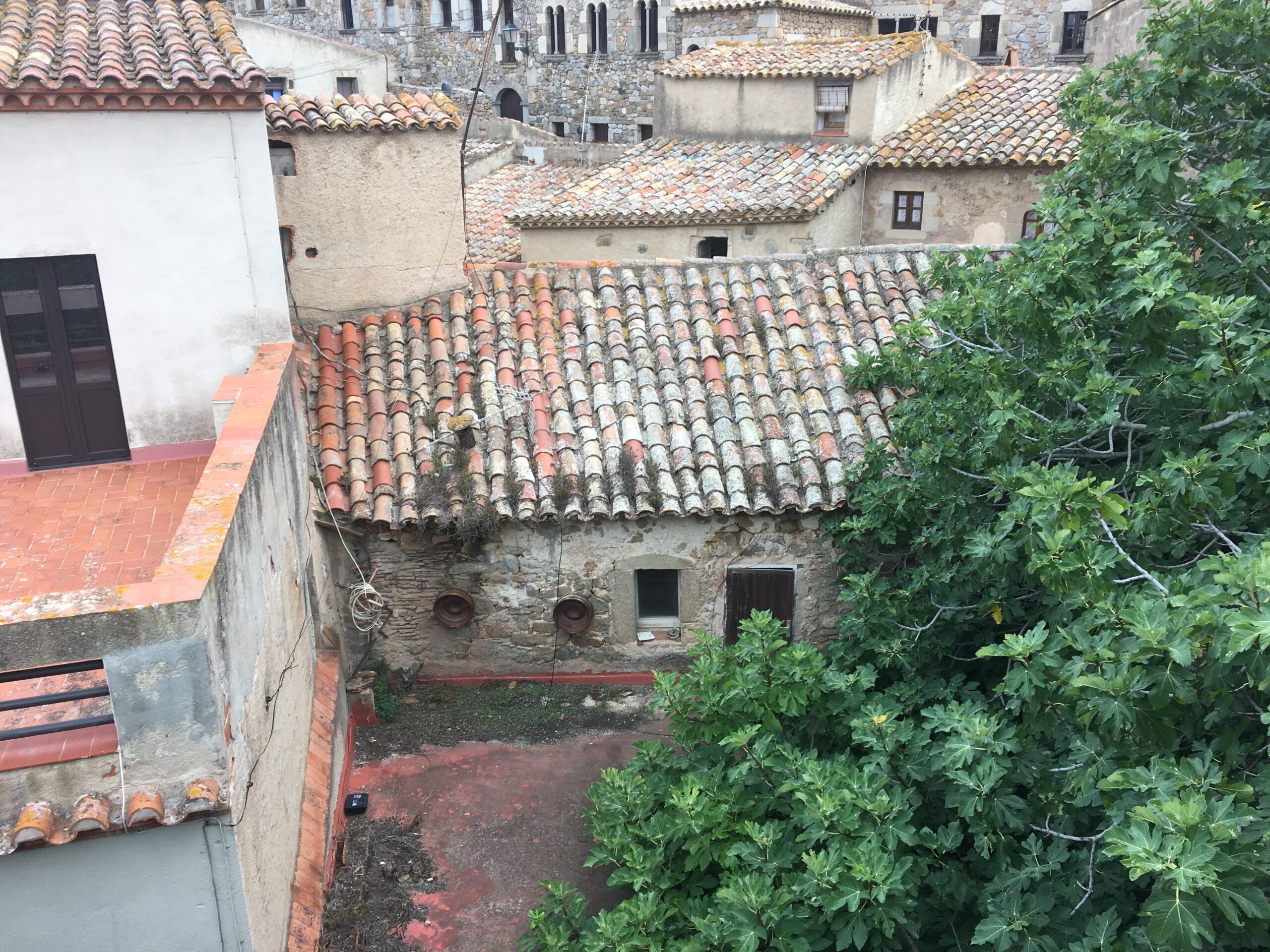

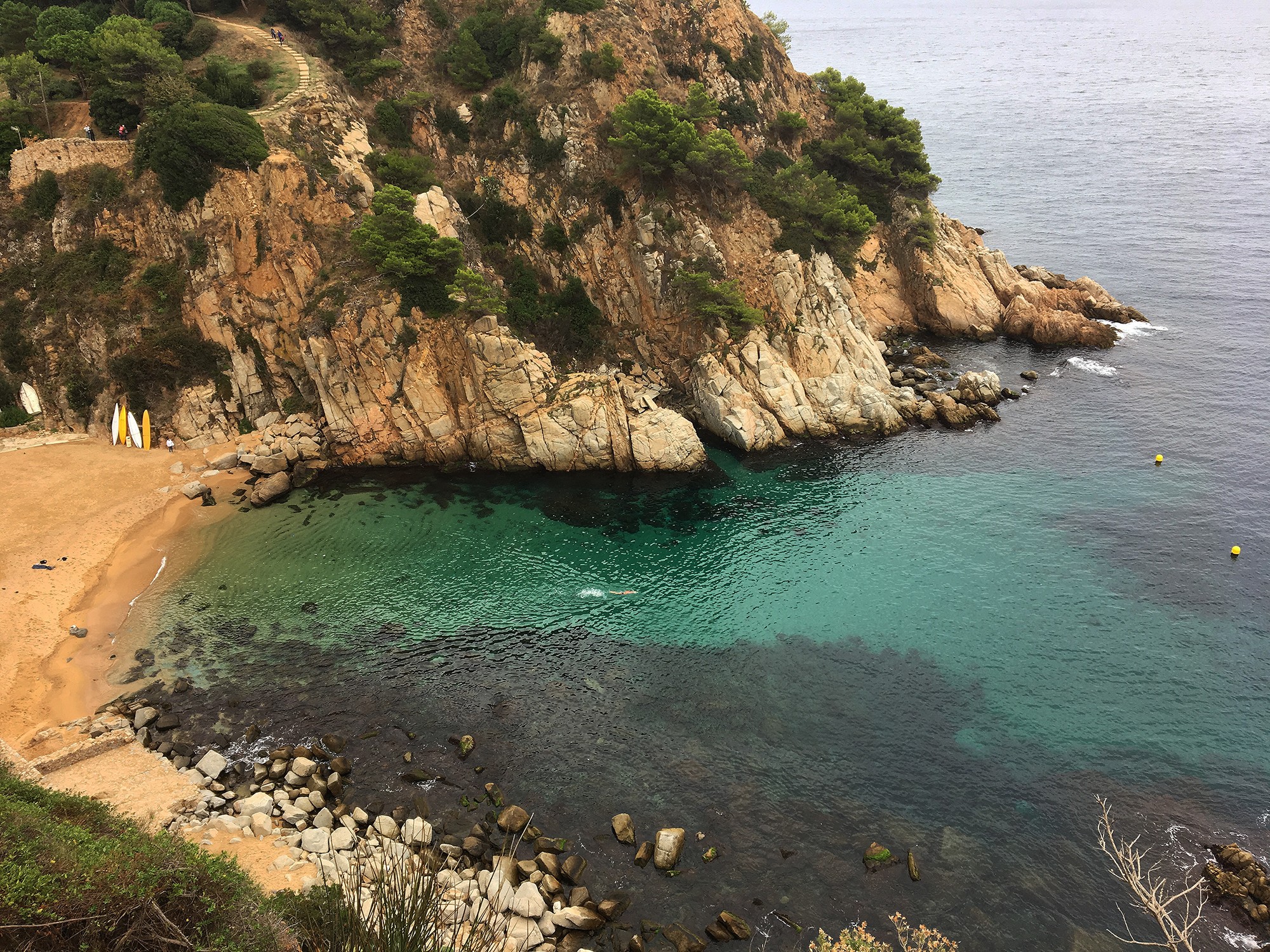

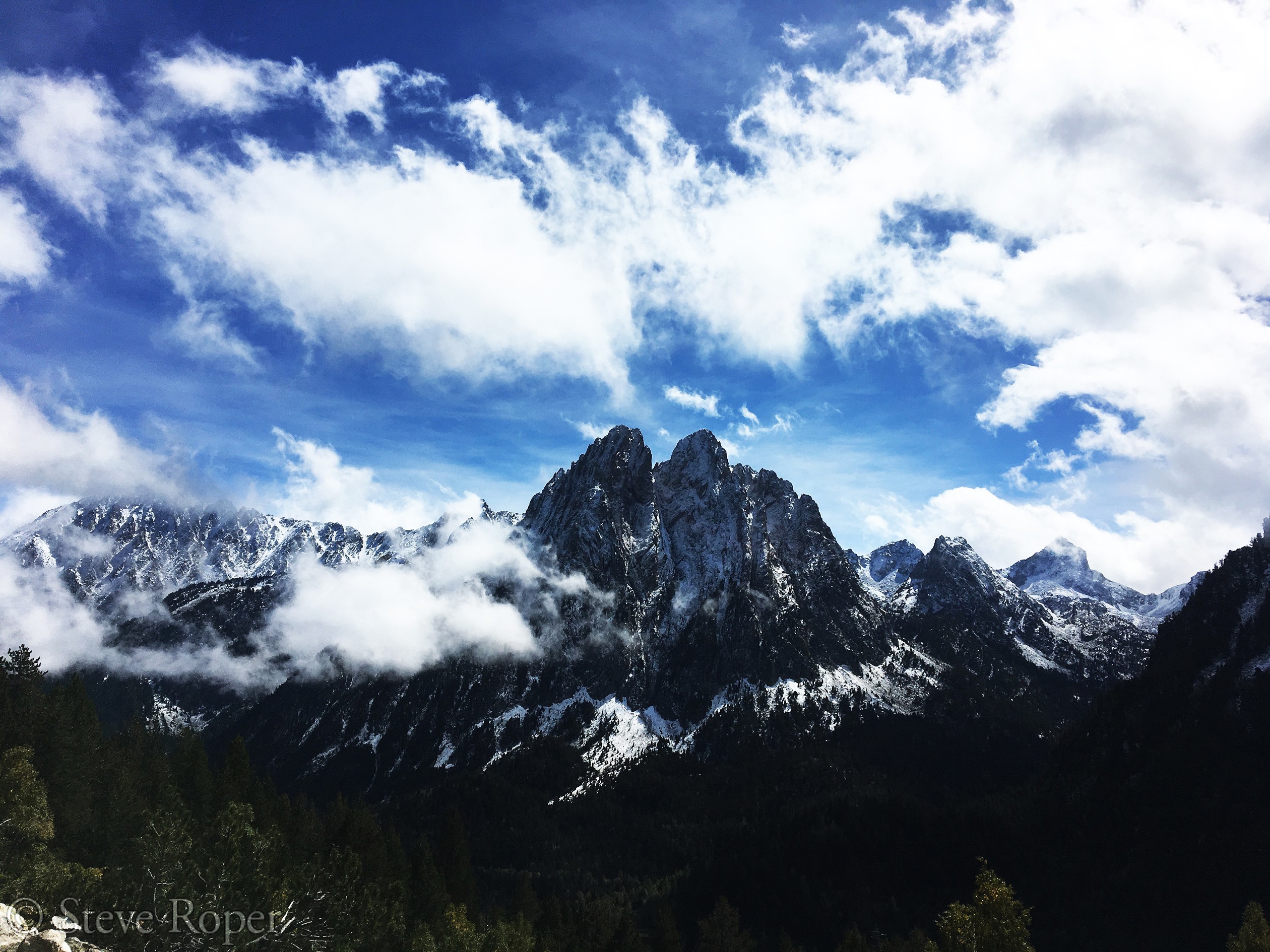

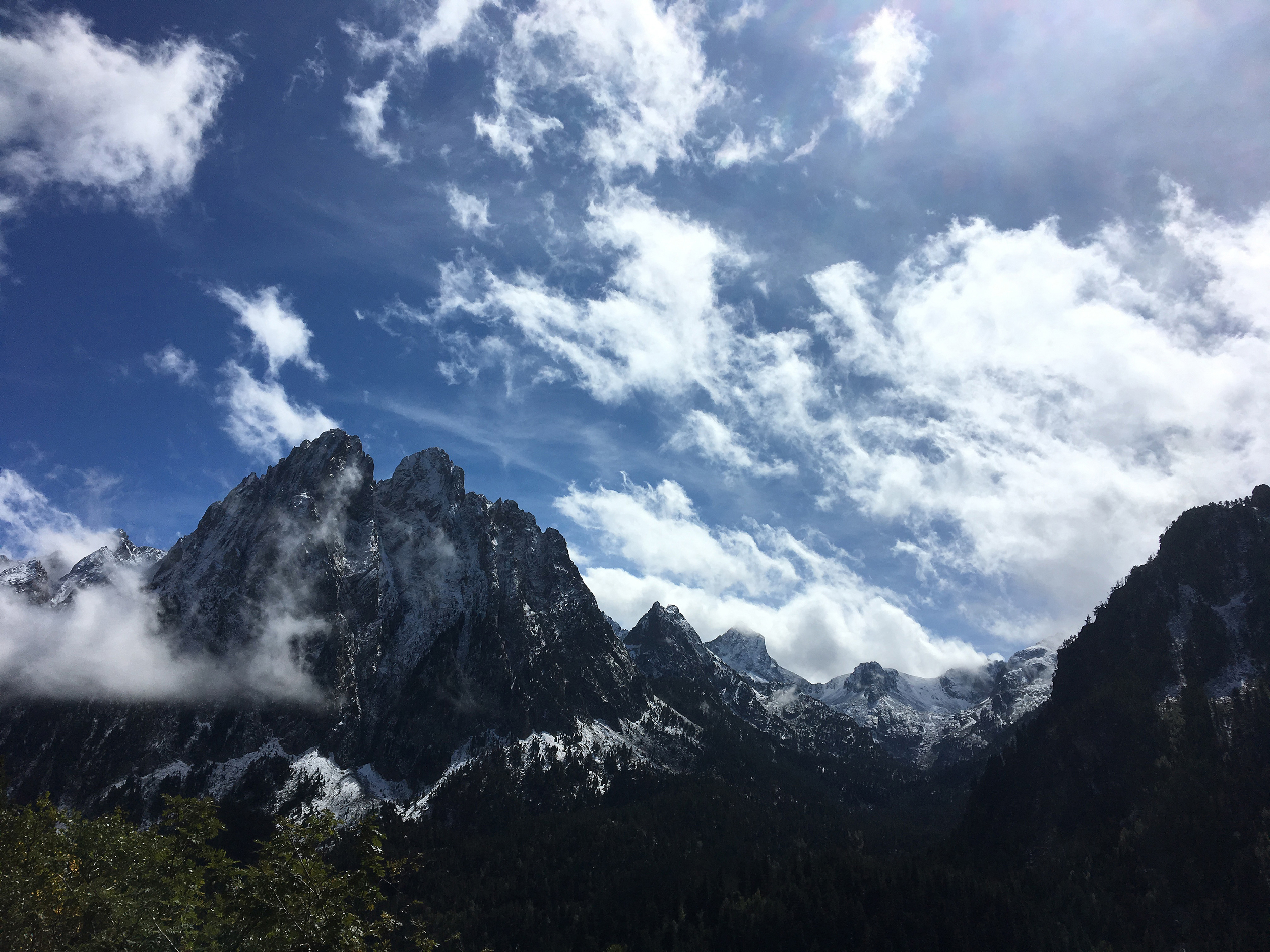
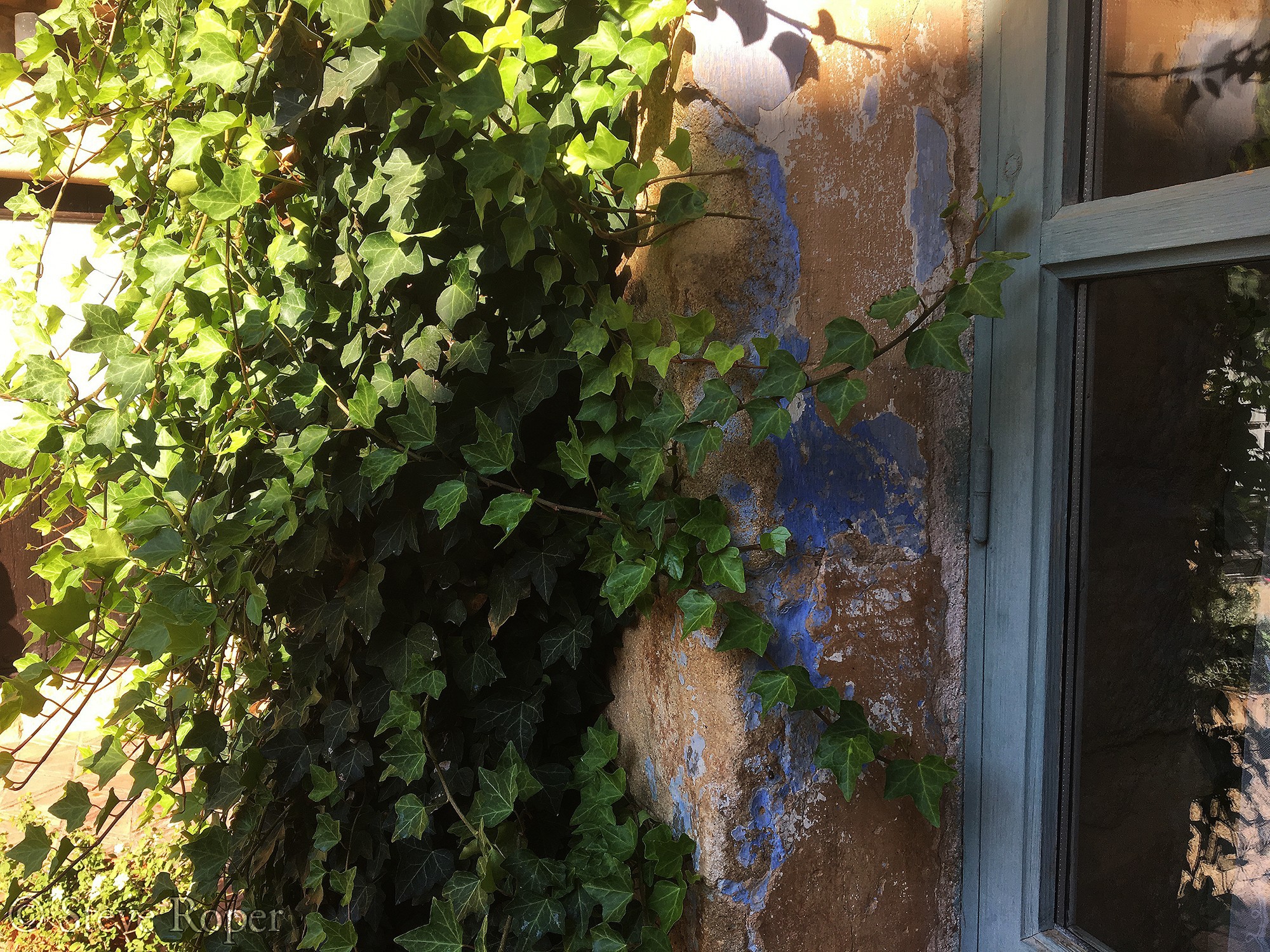



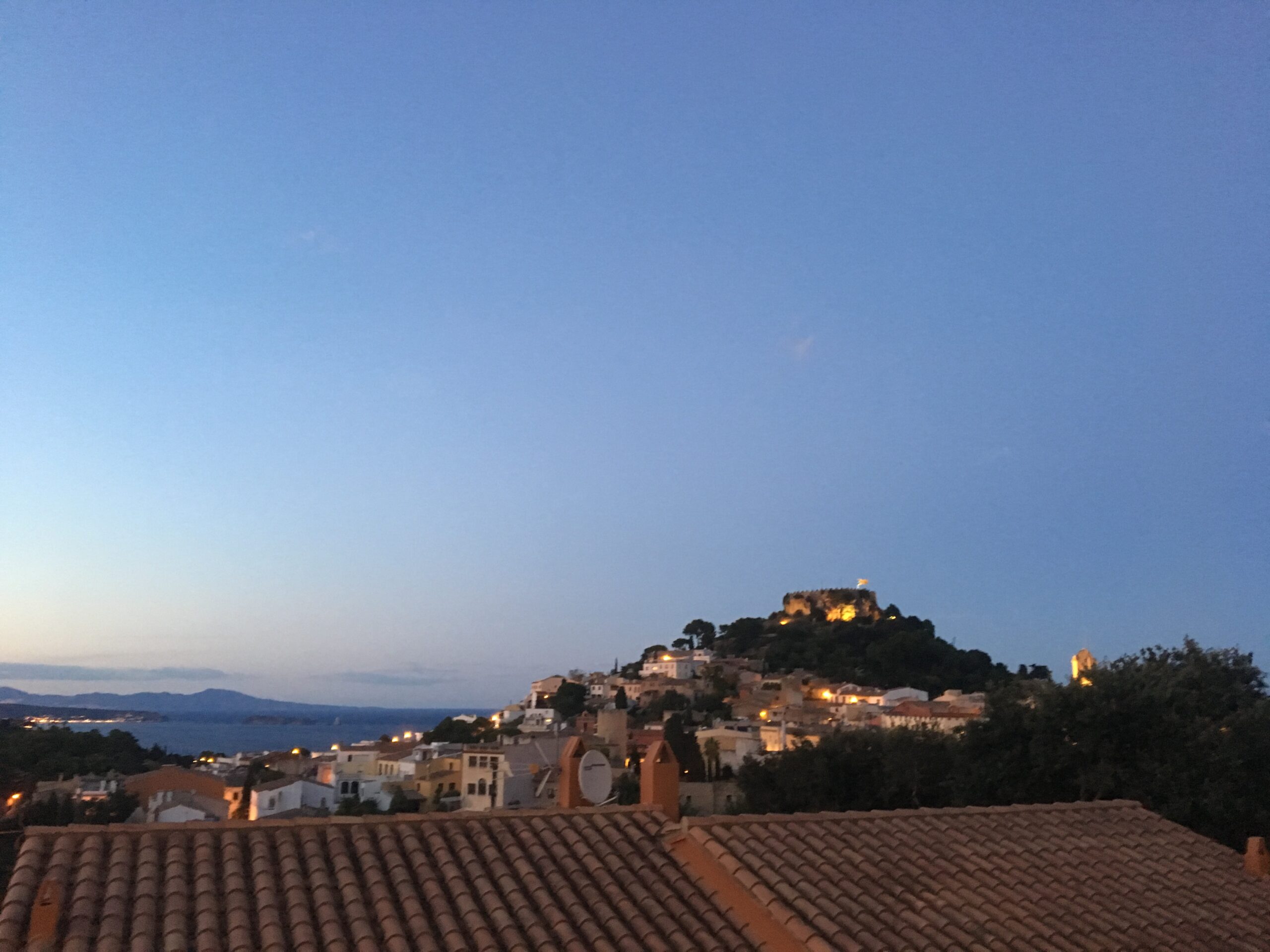

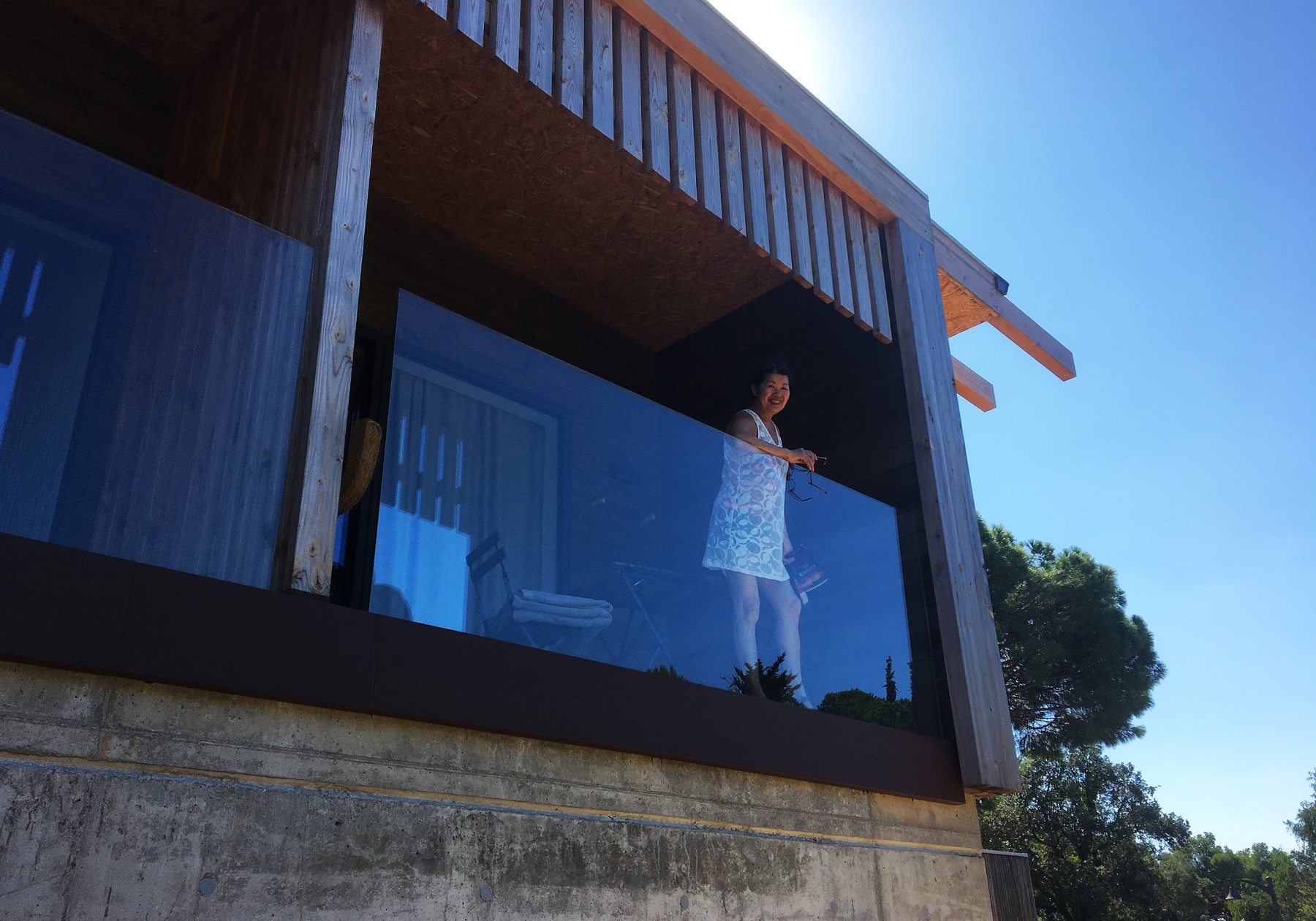

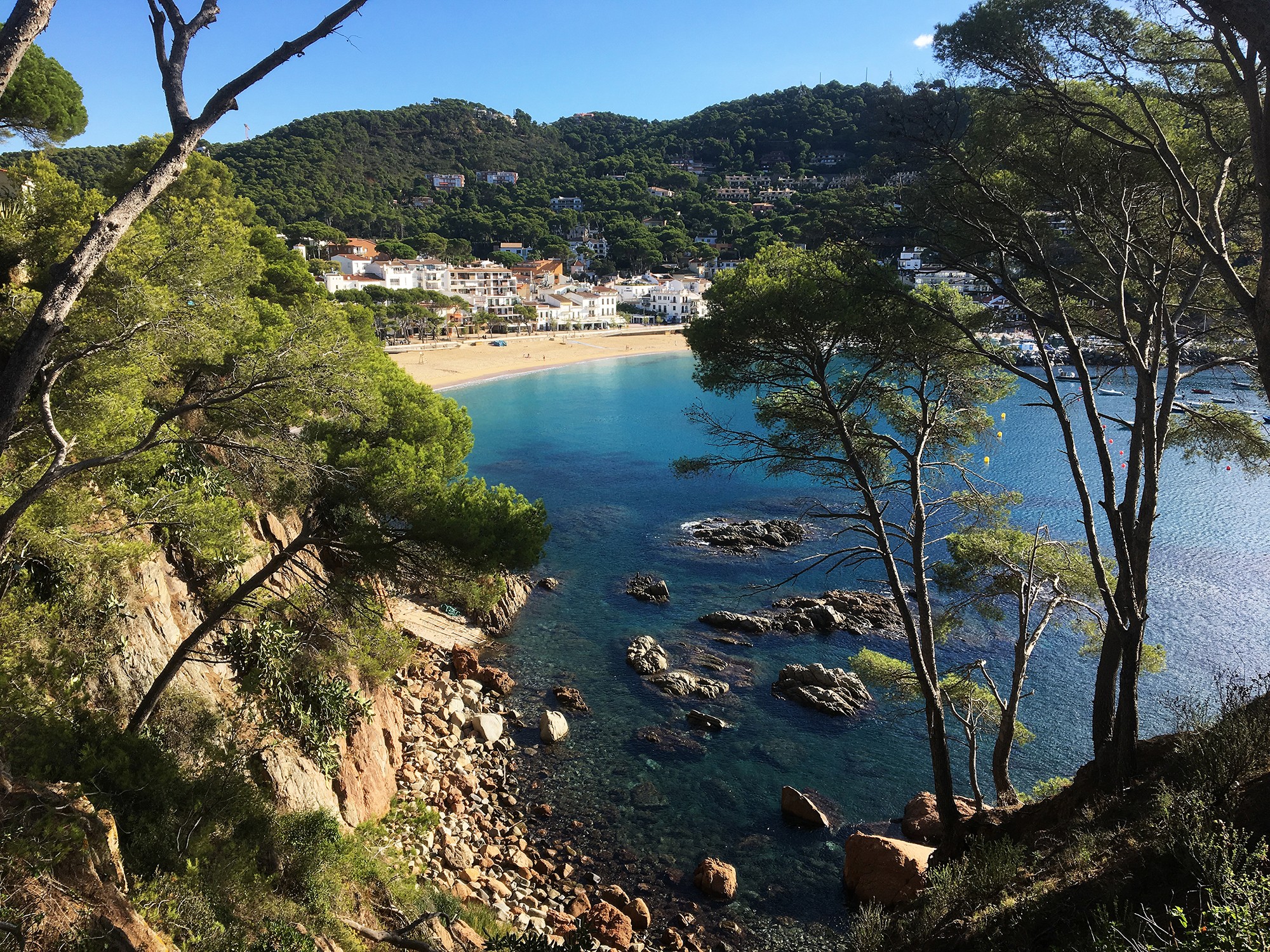
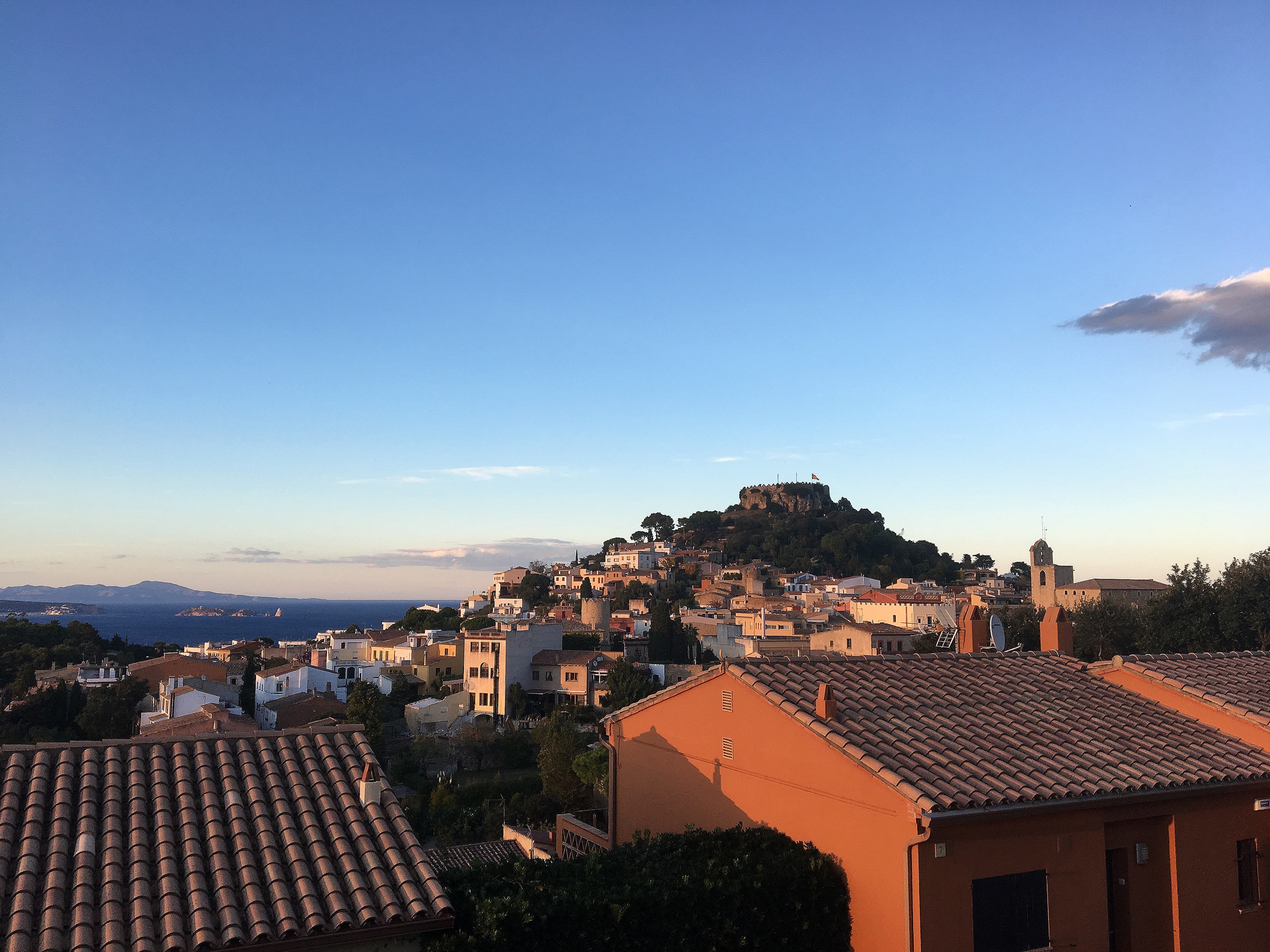
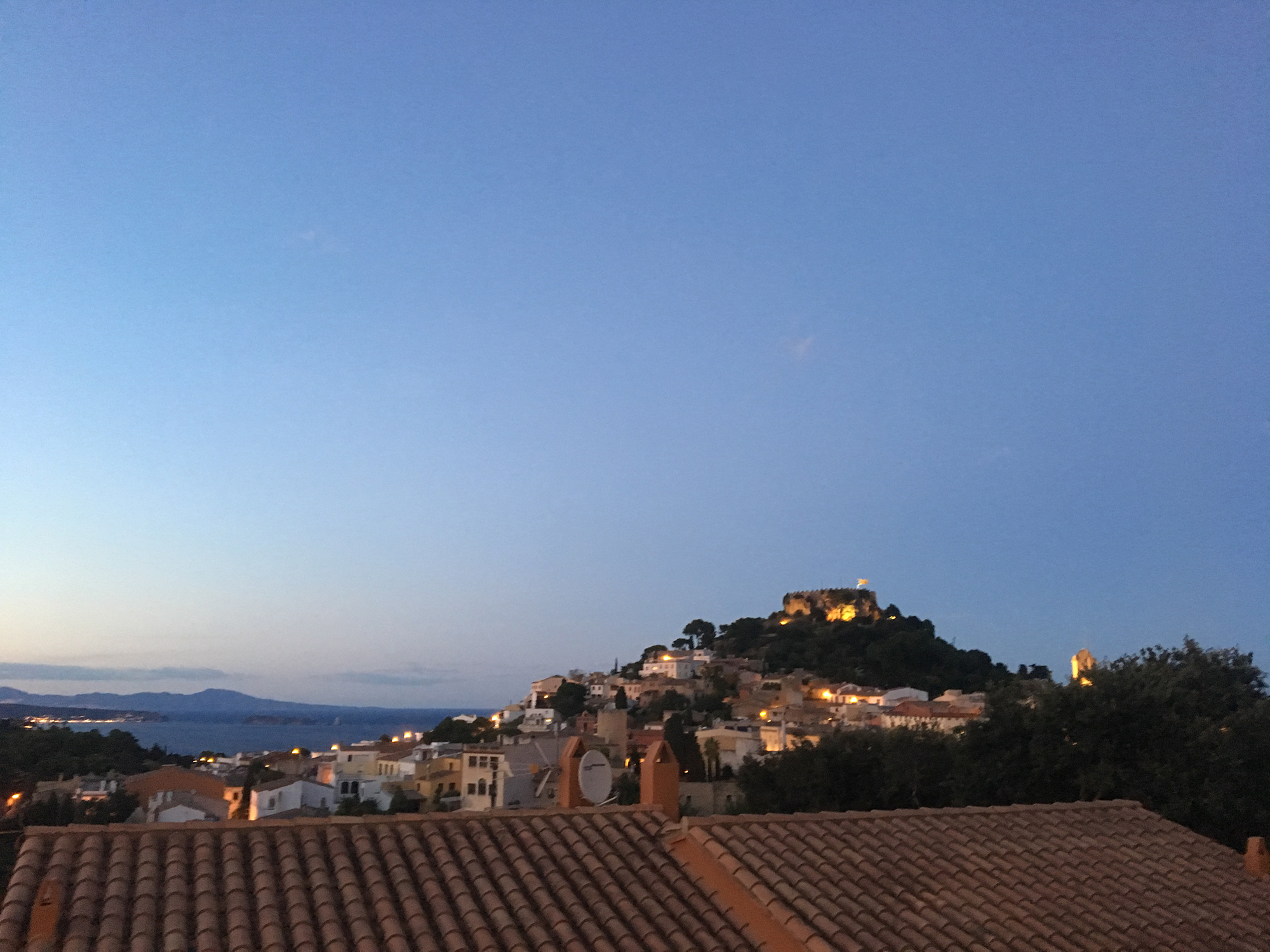




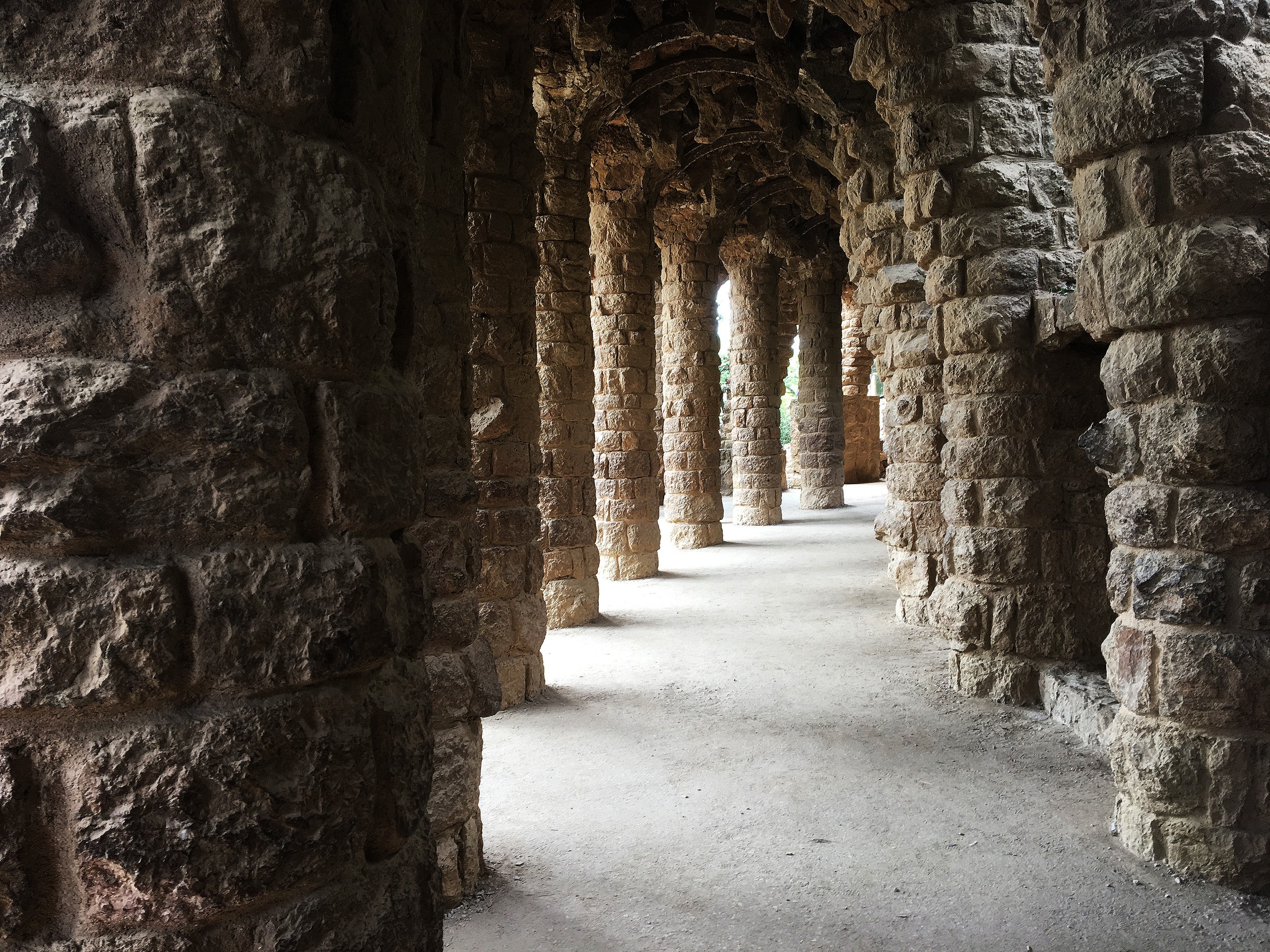

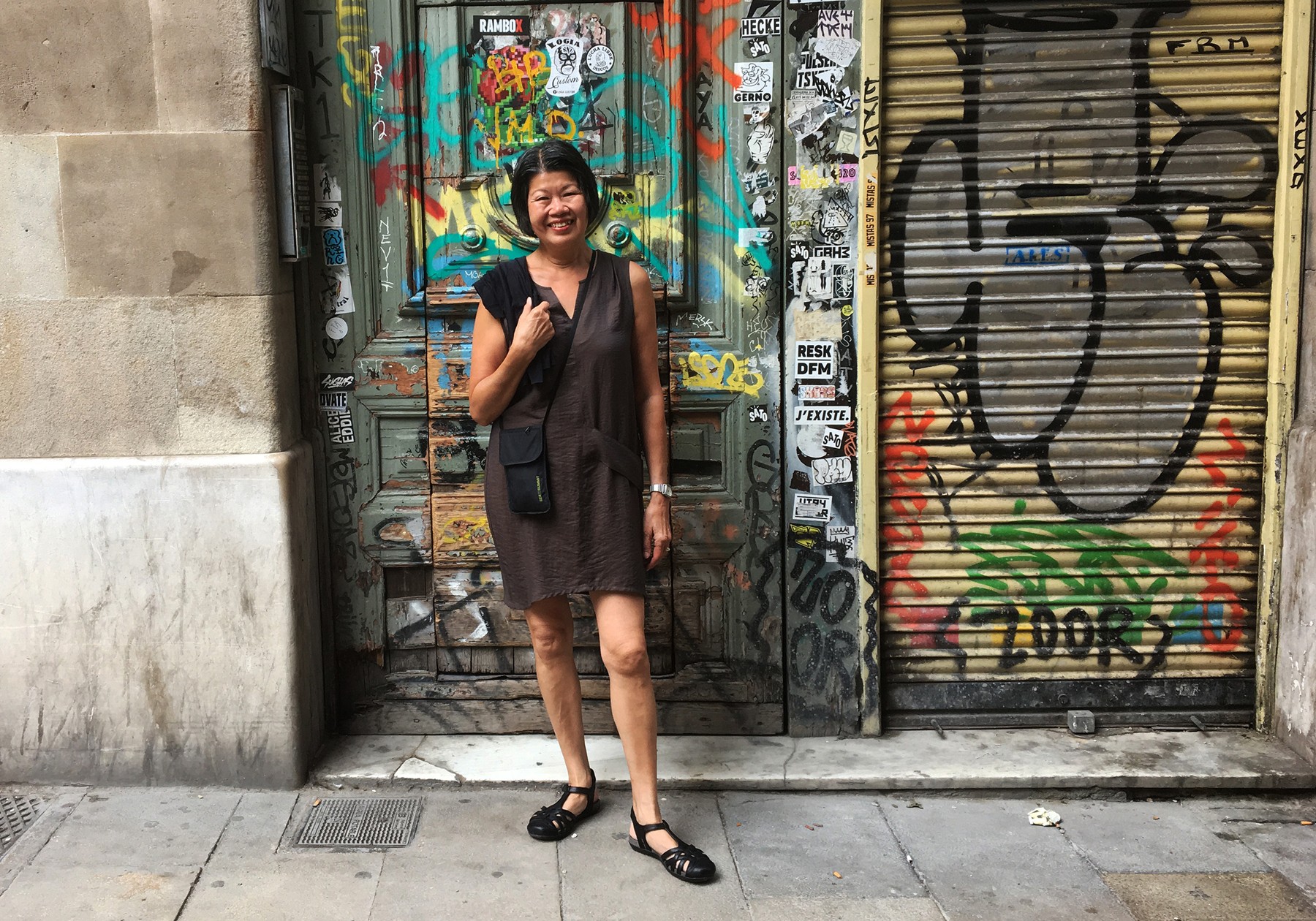
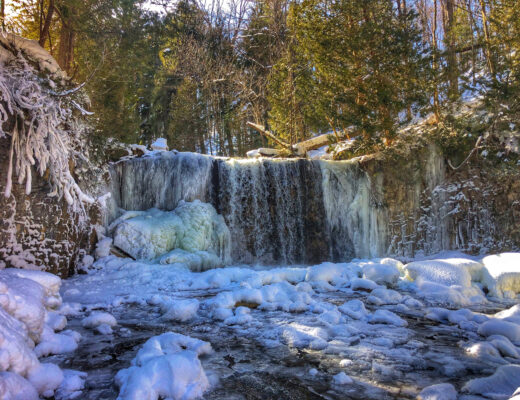
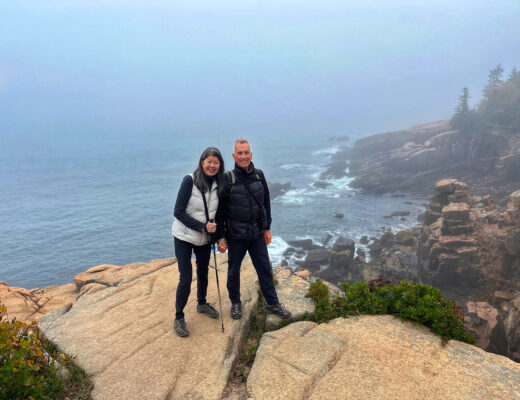
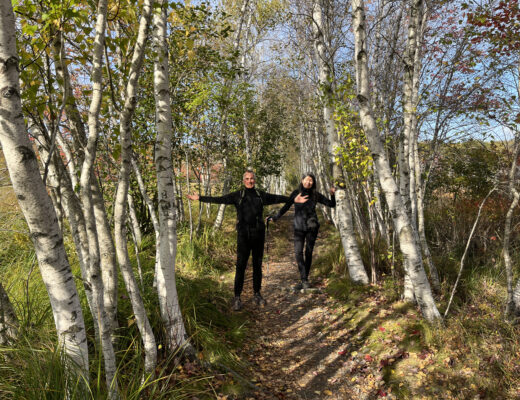

No Comments